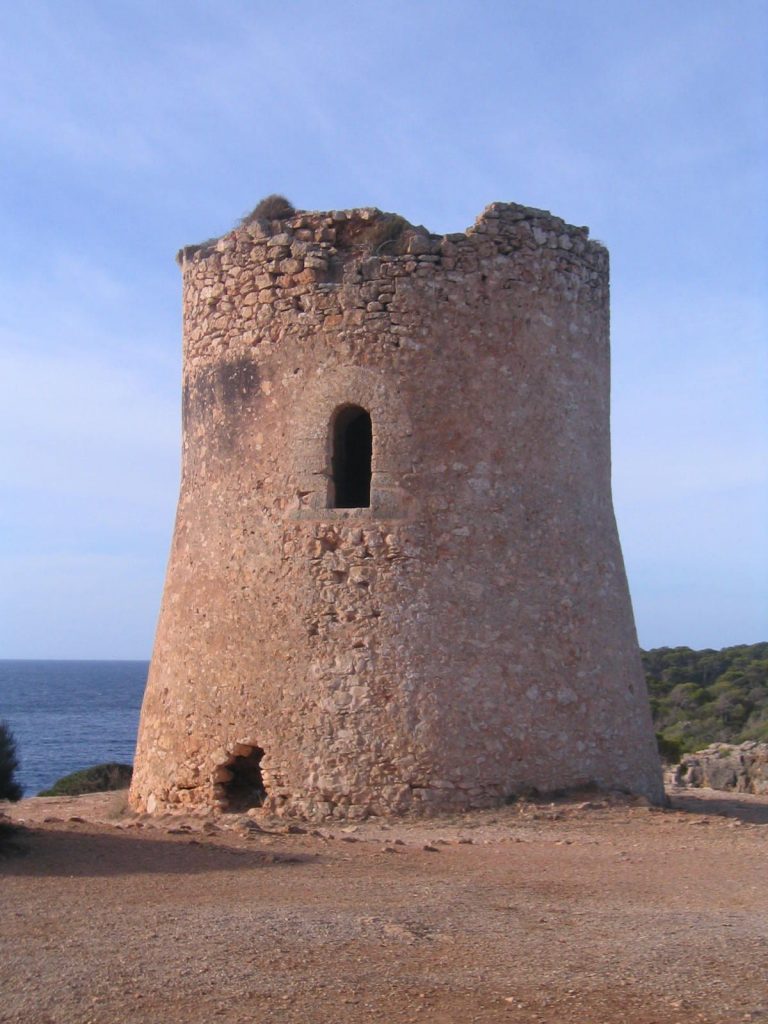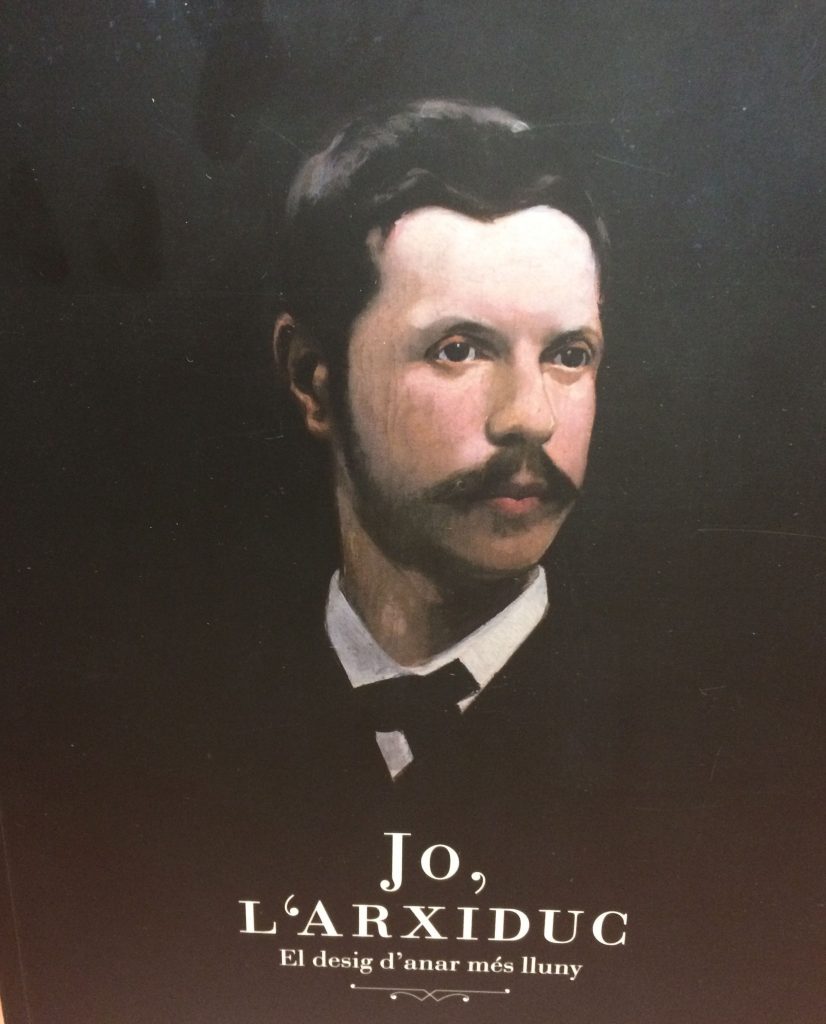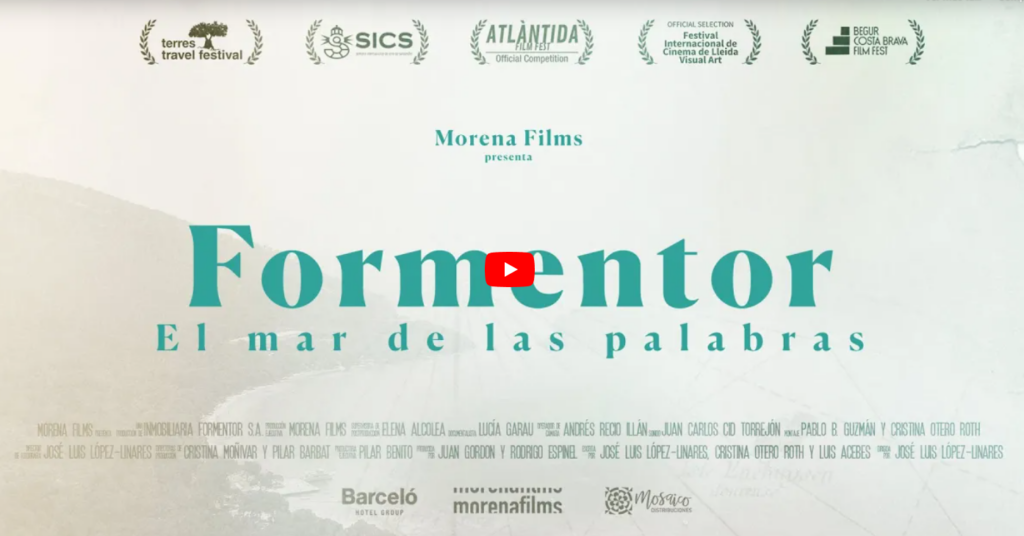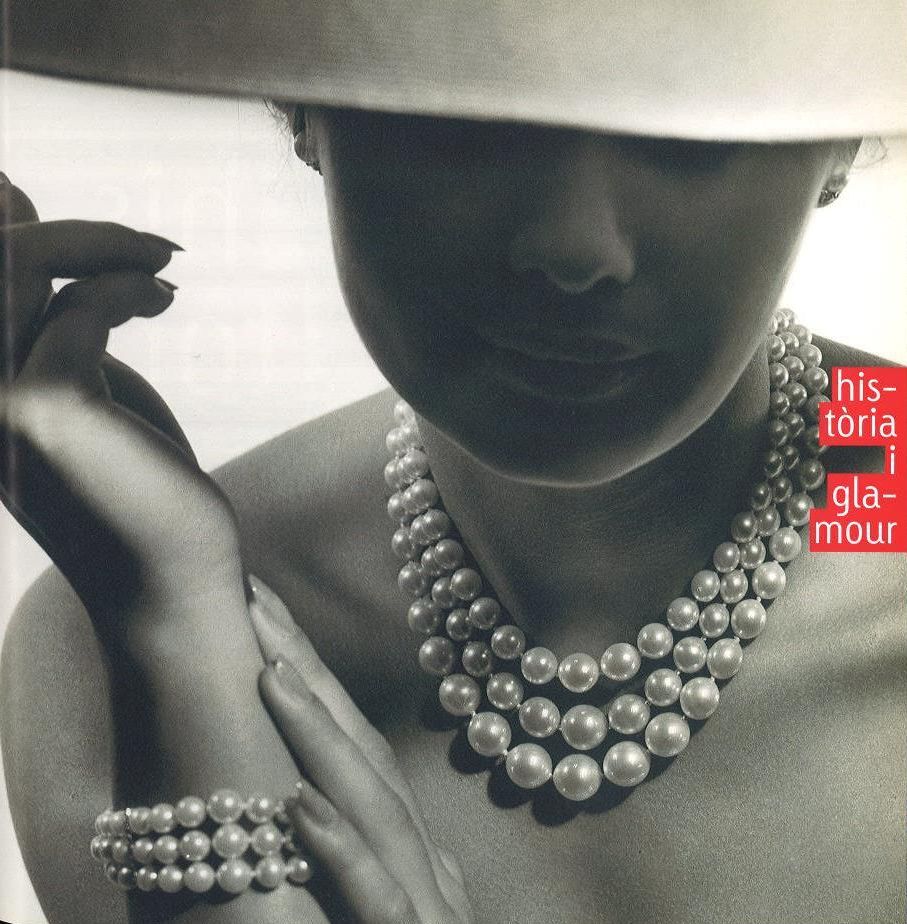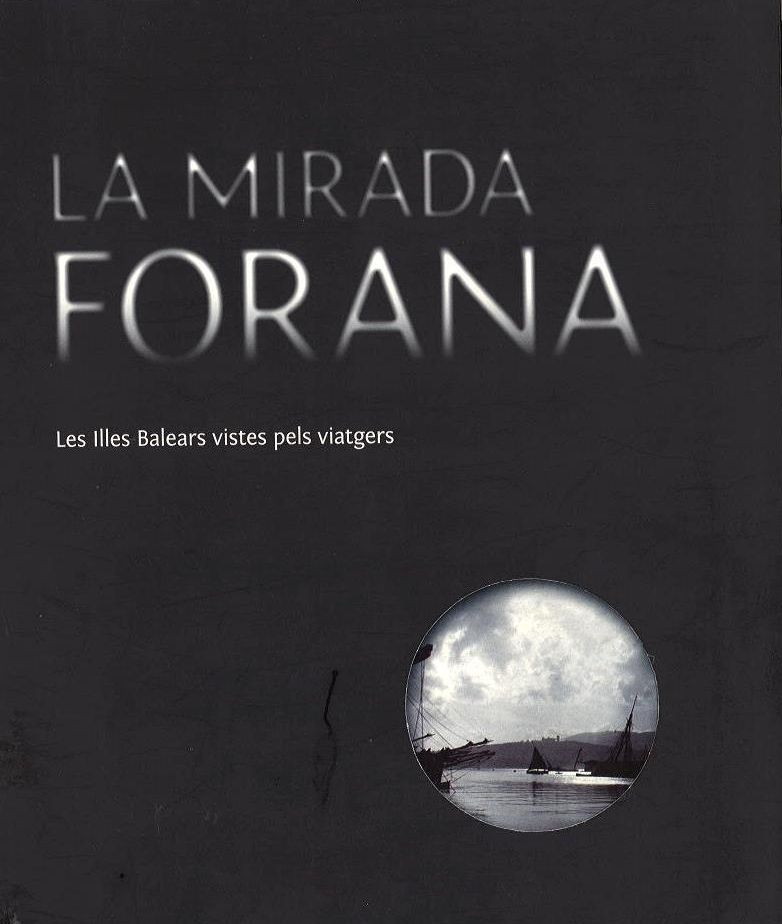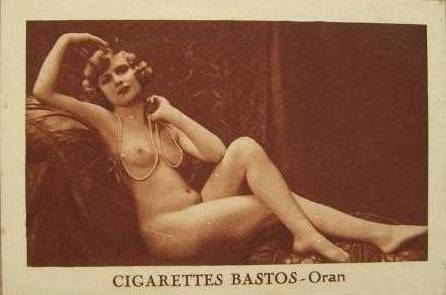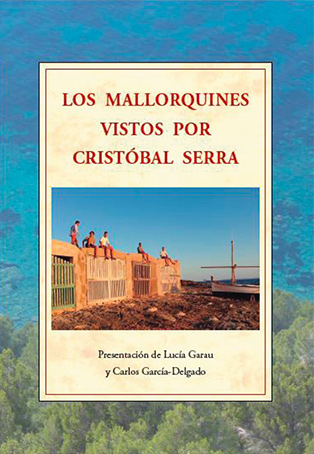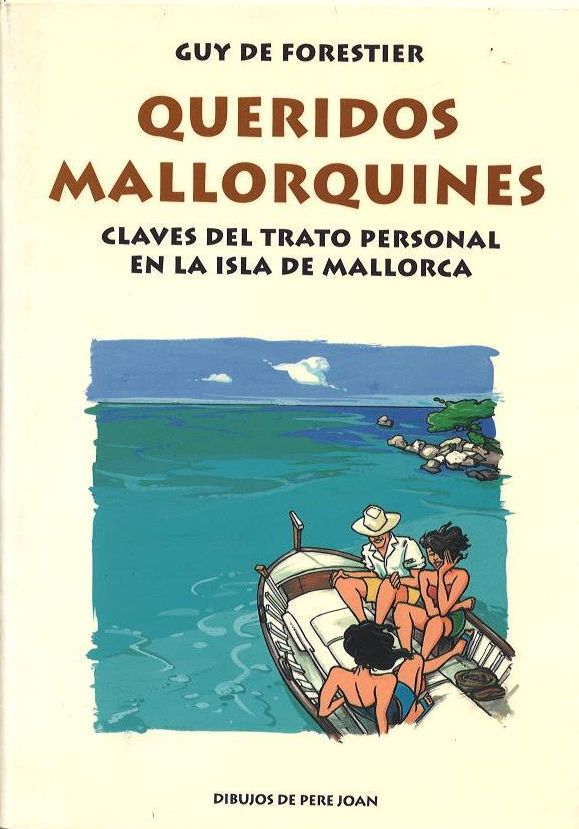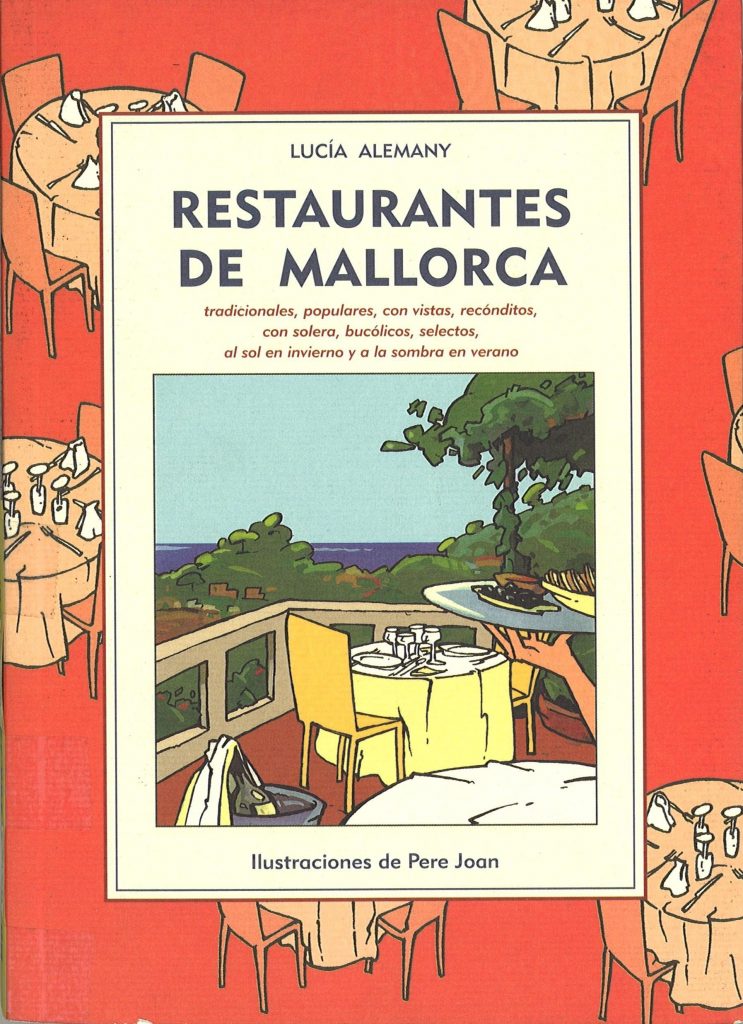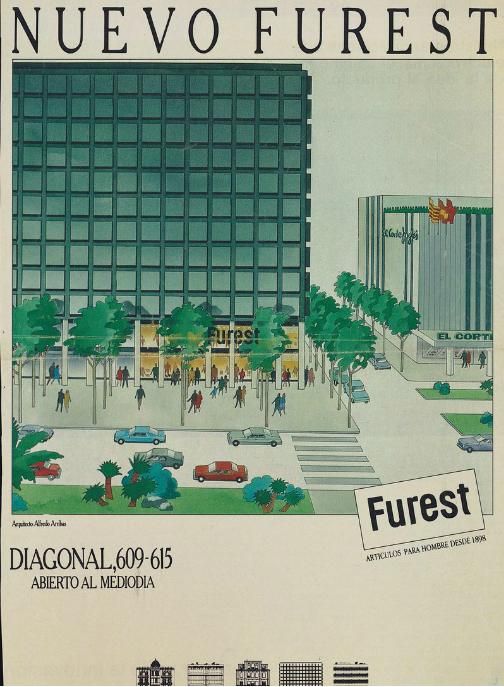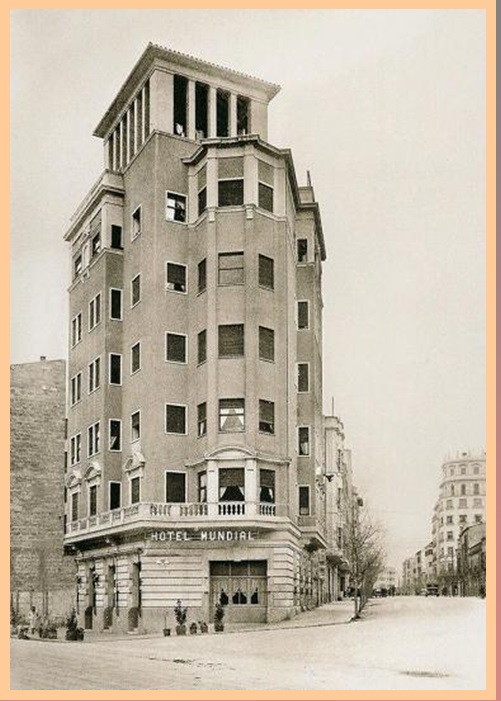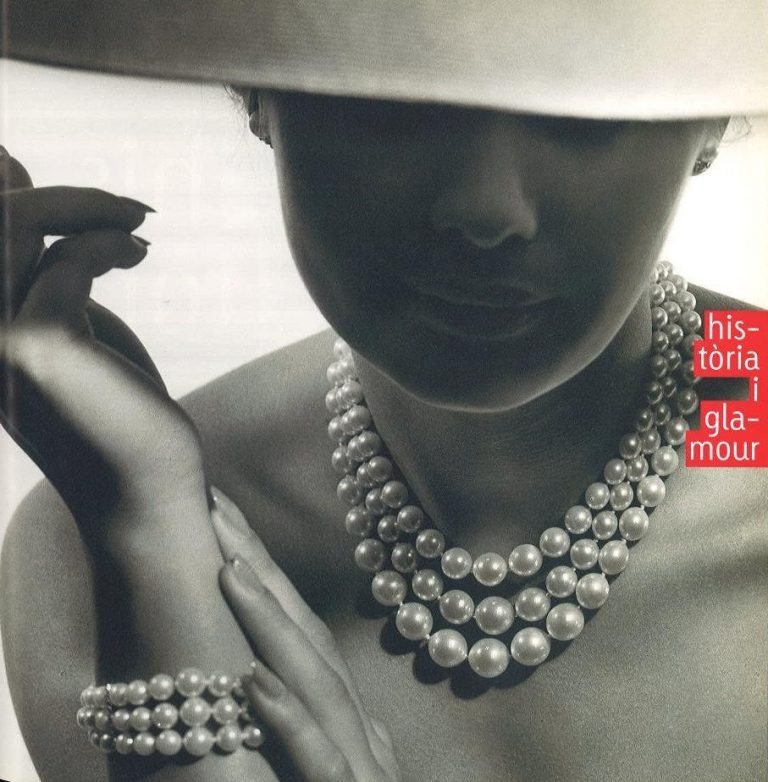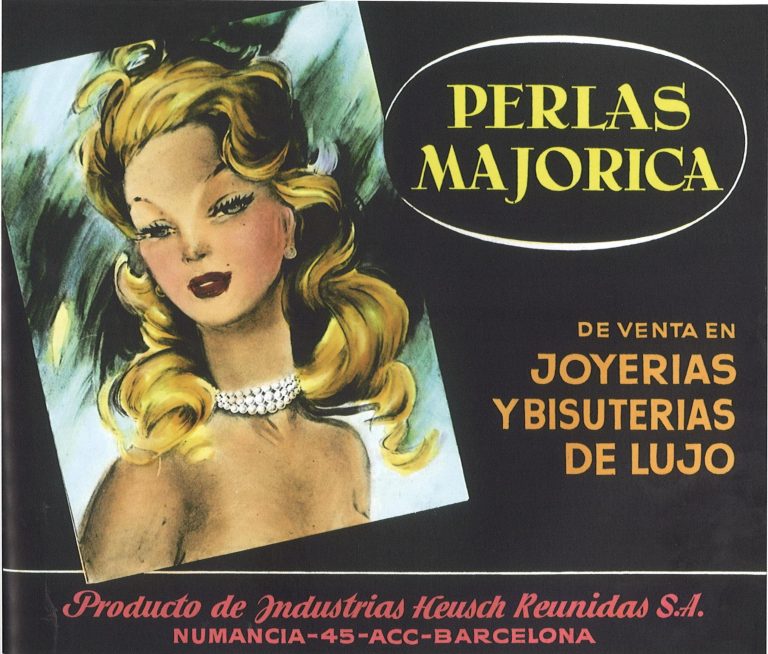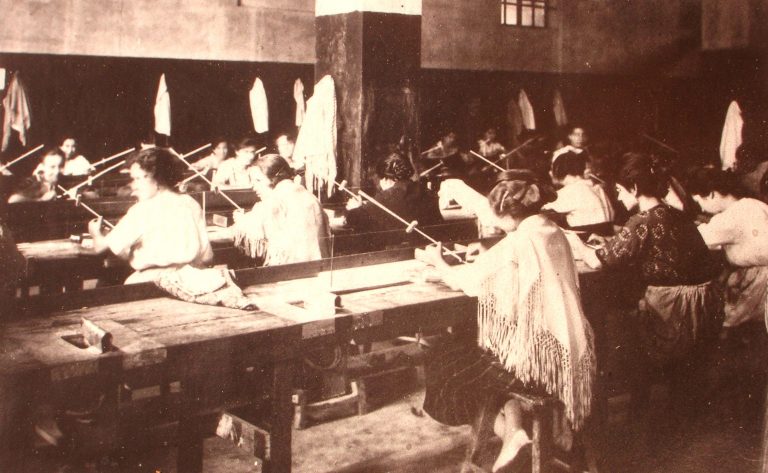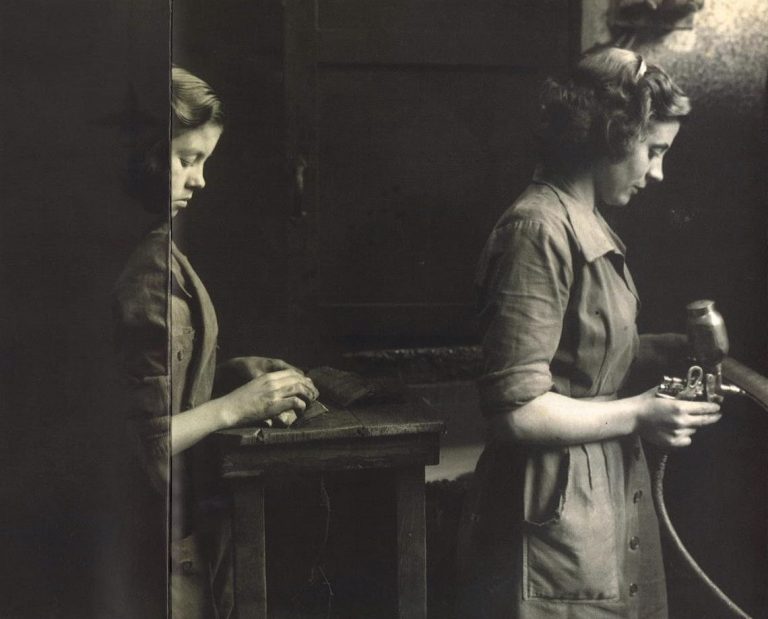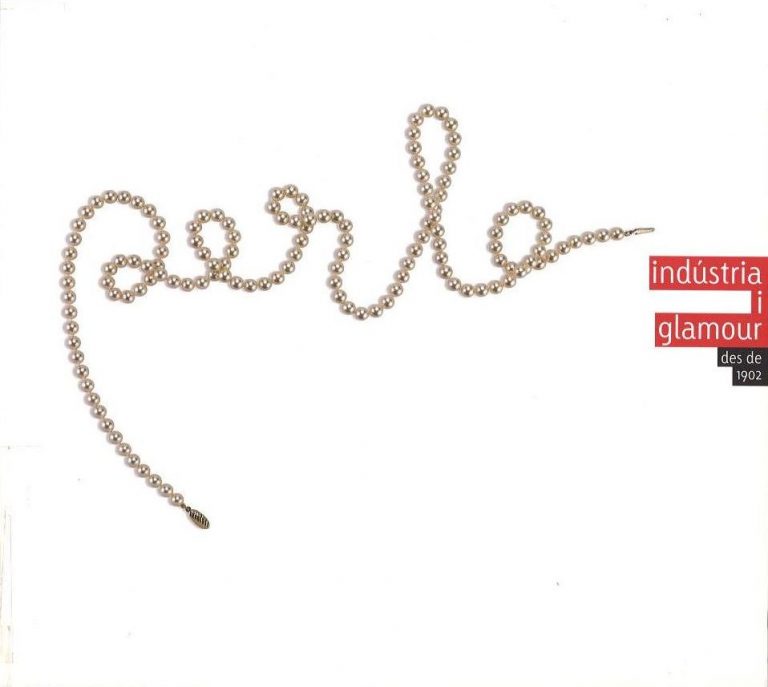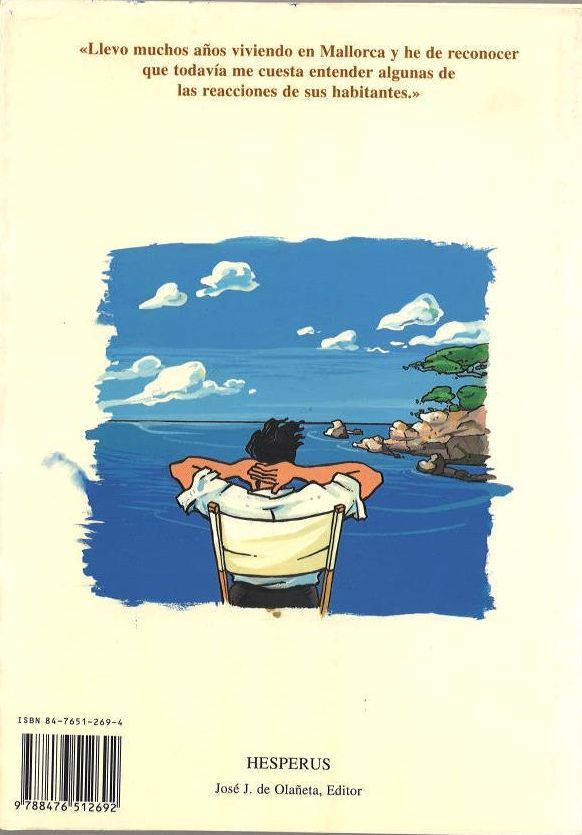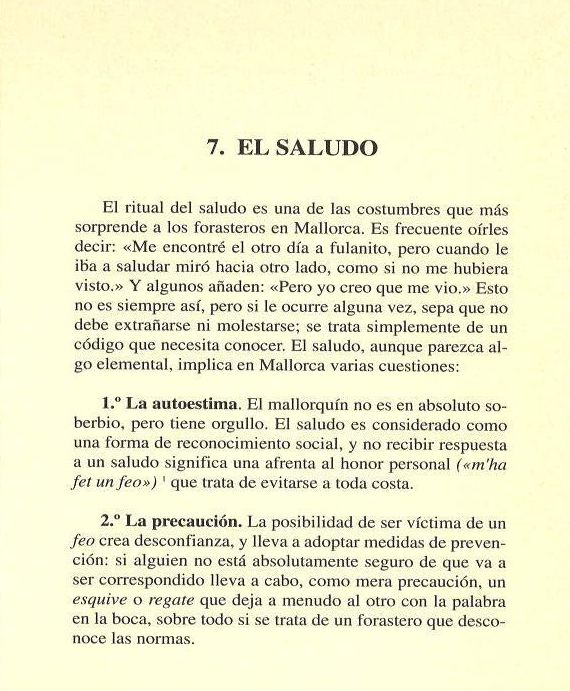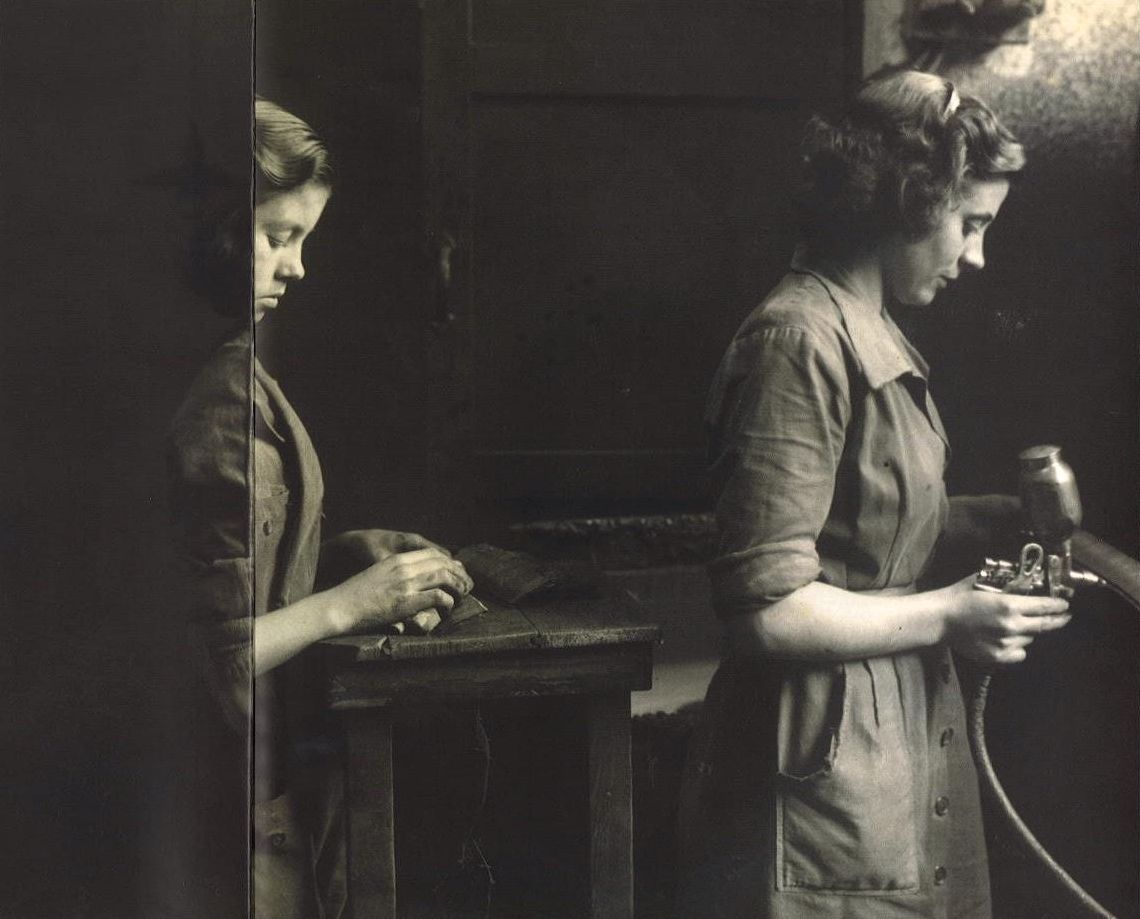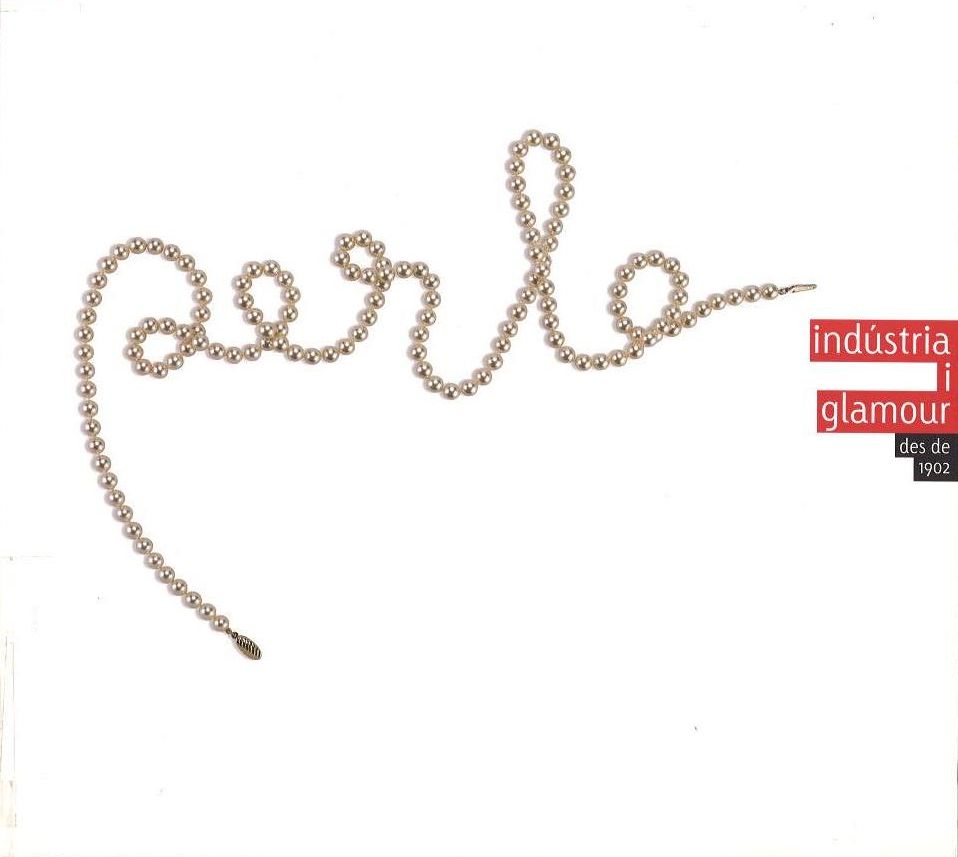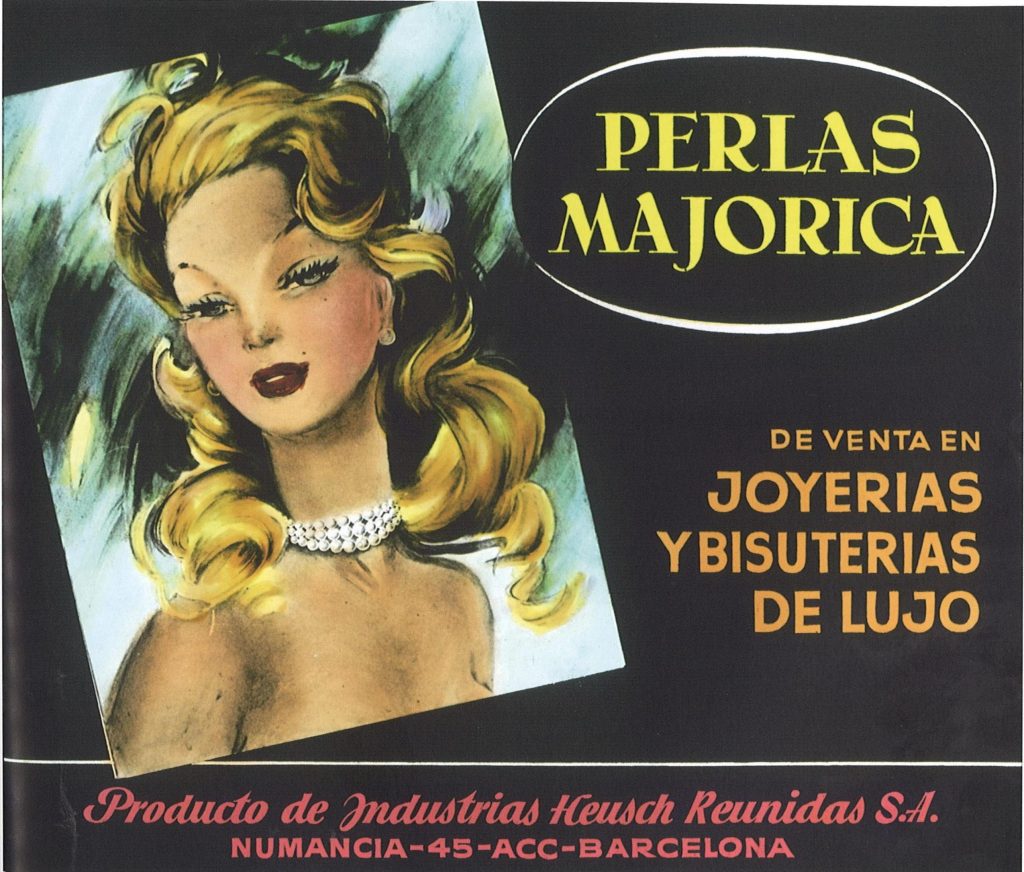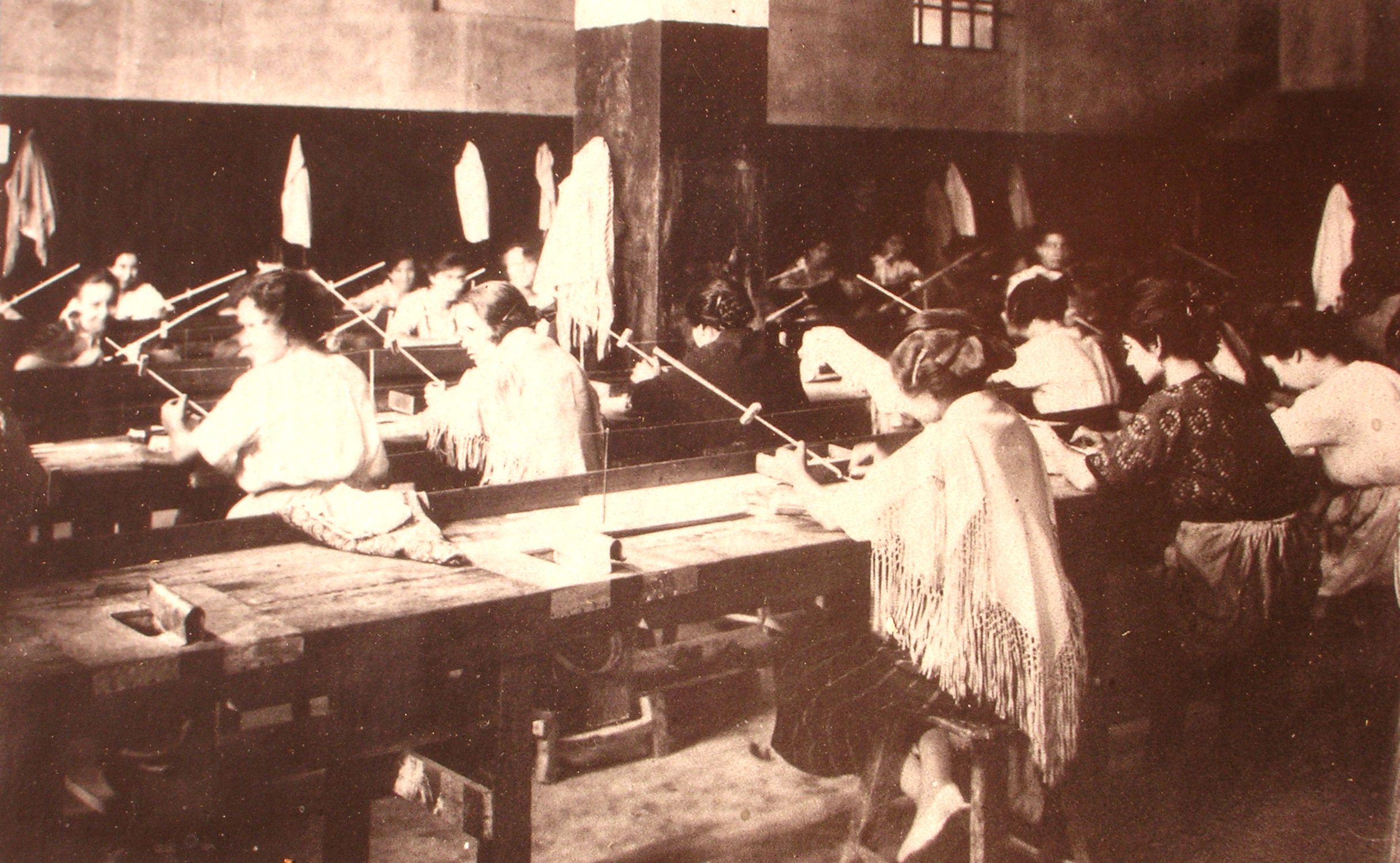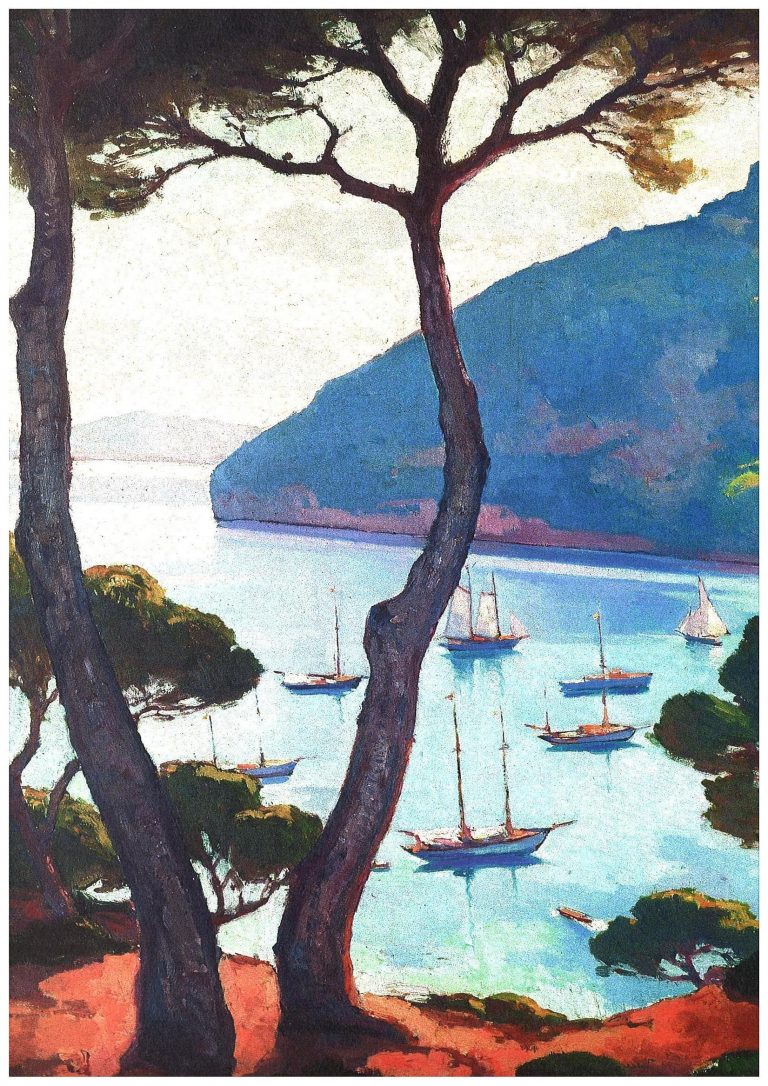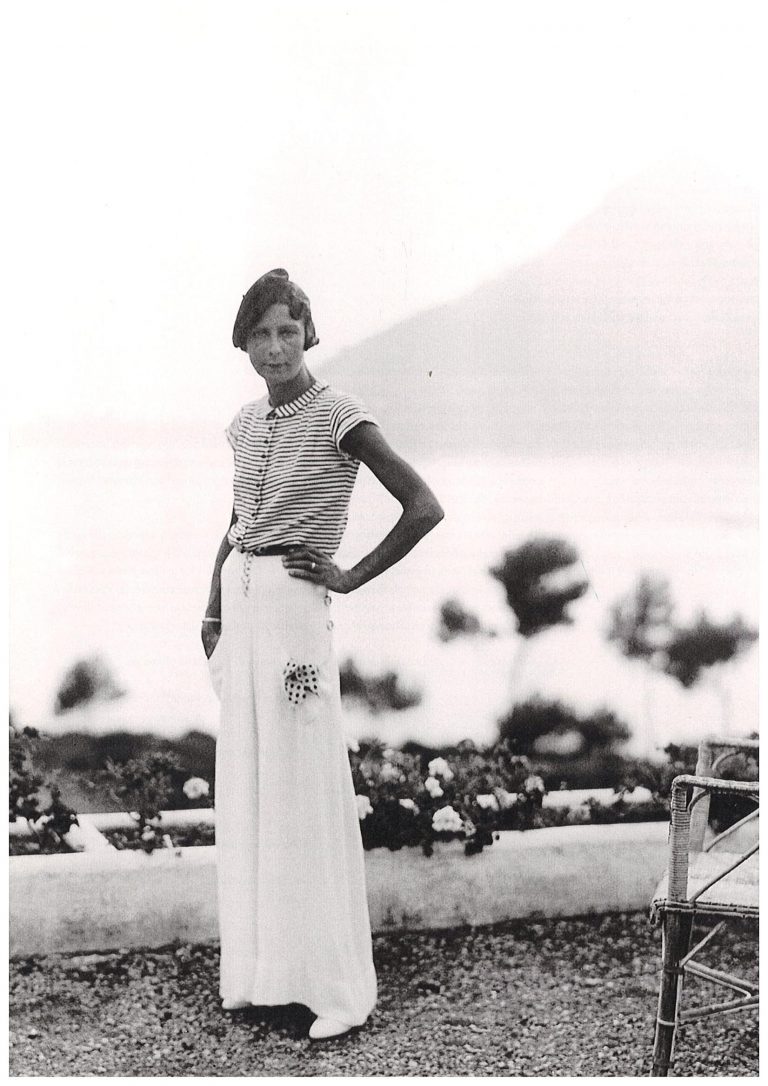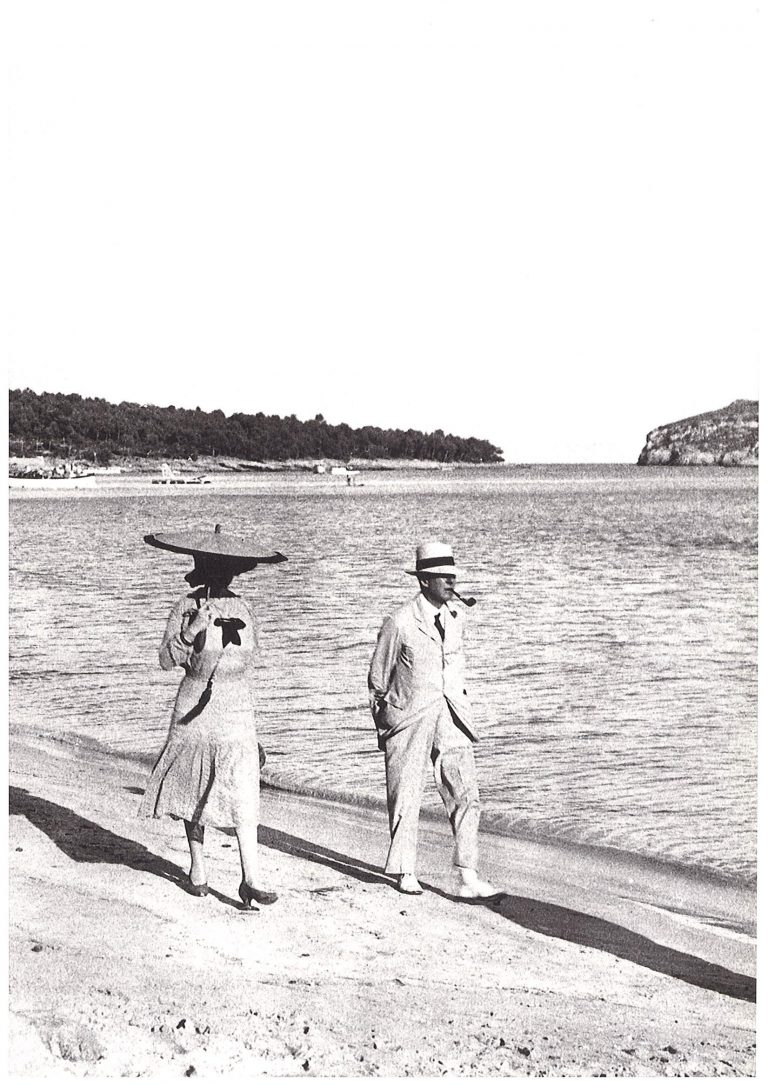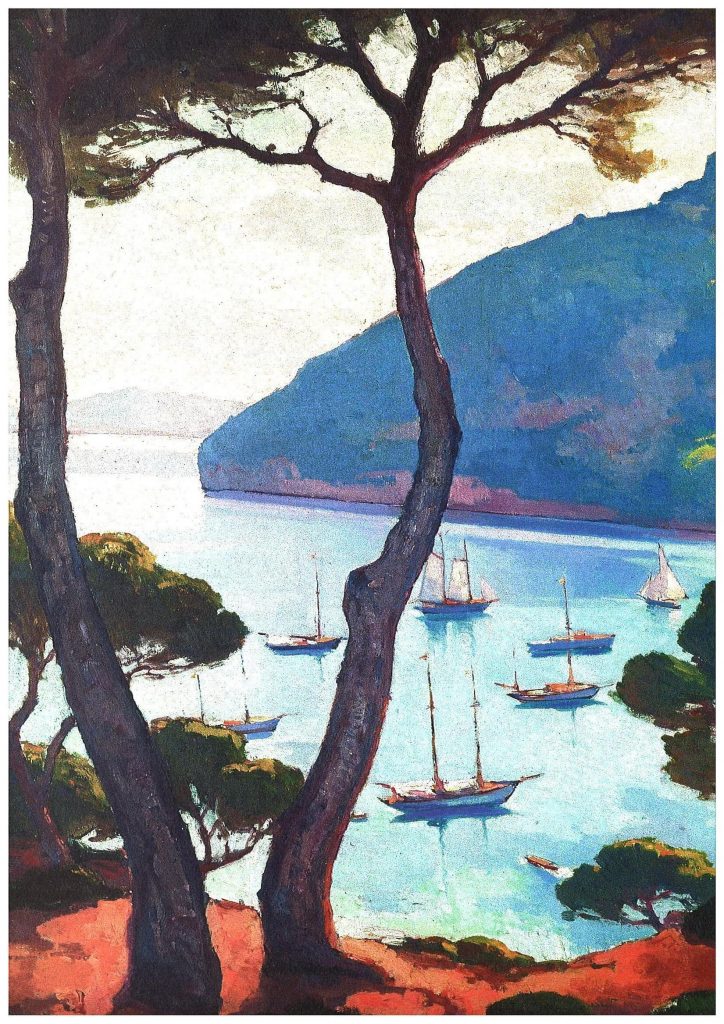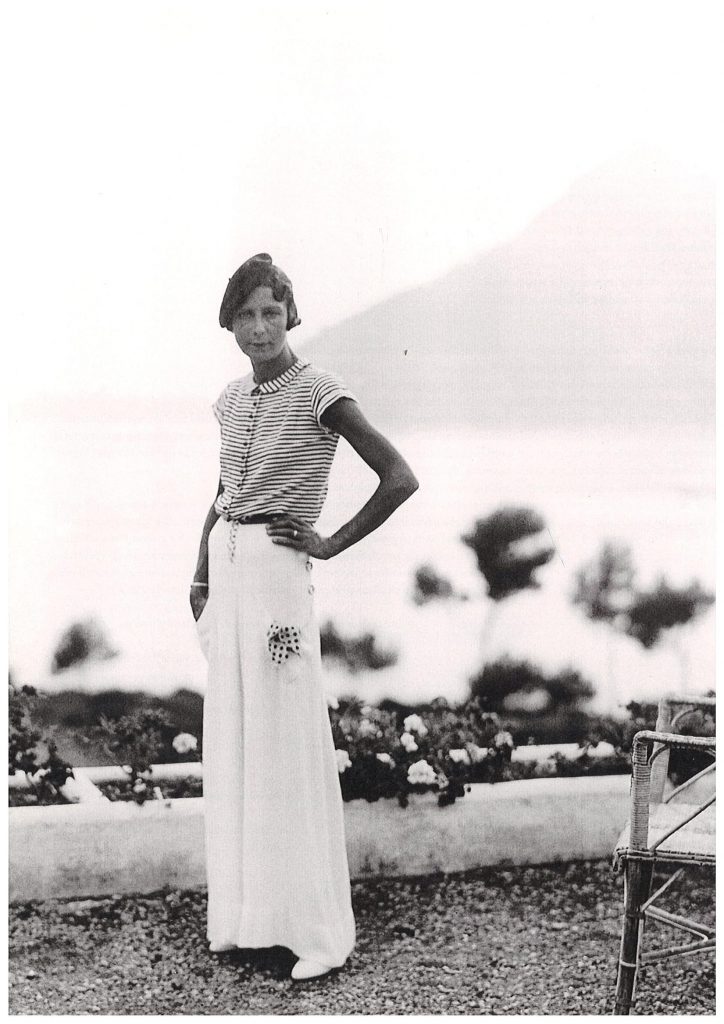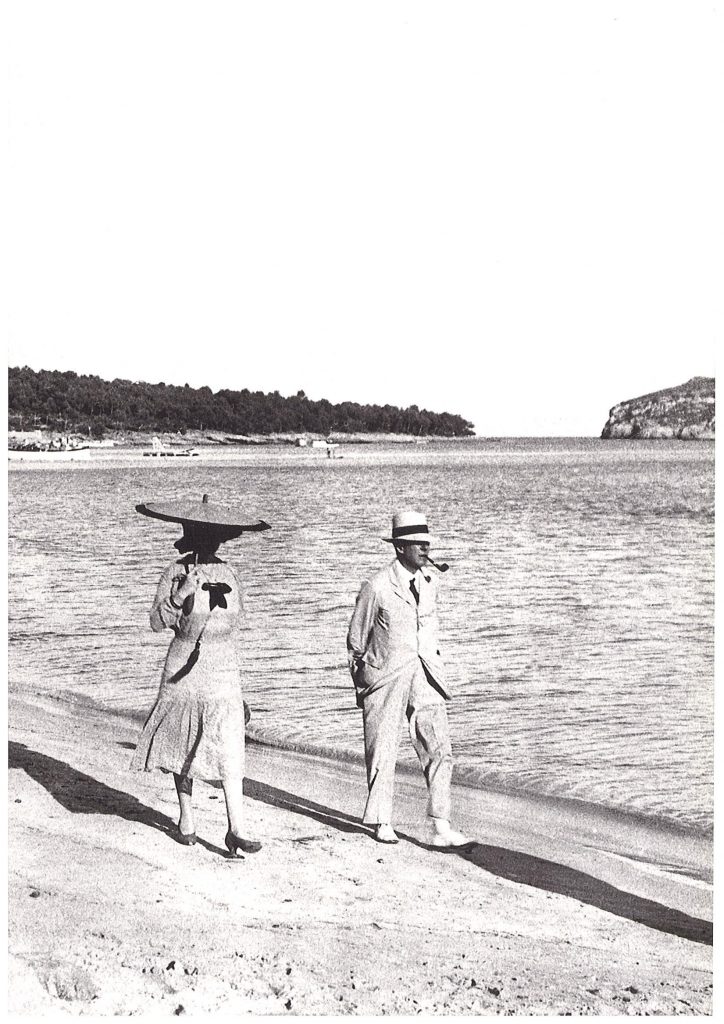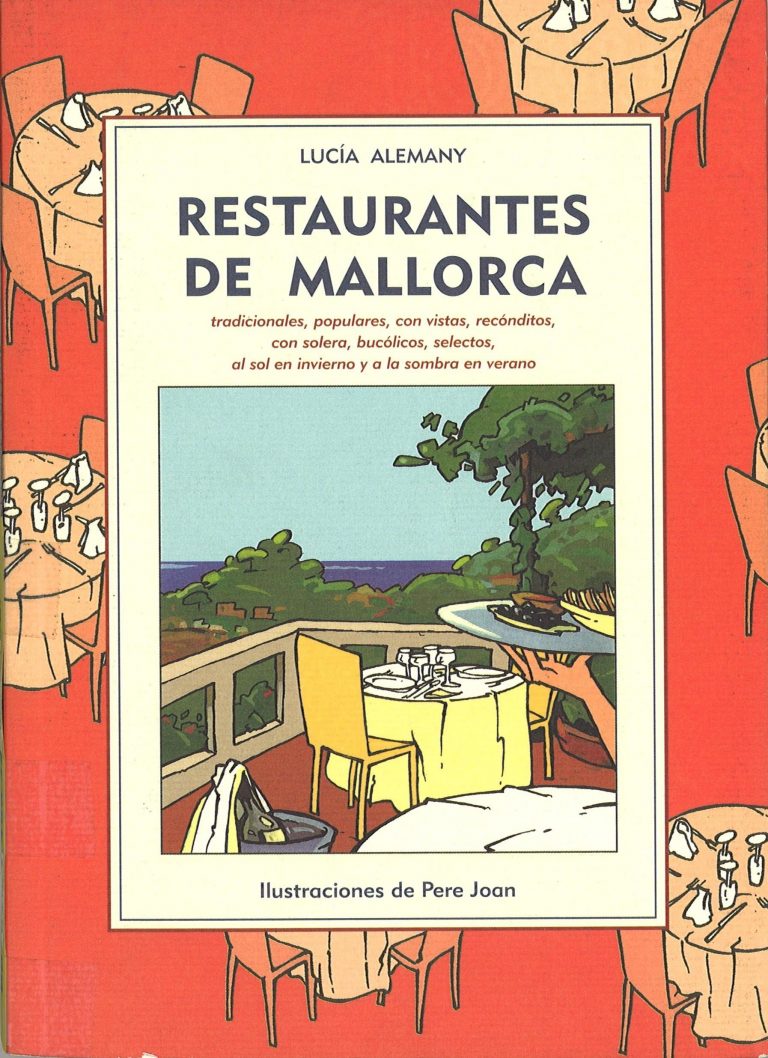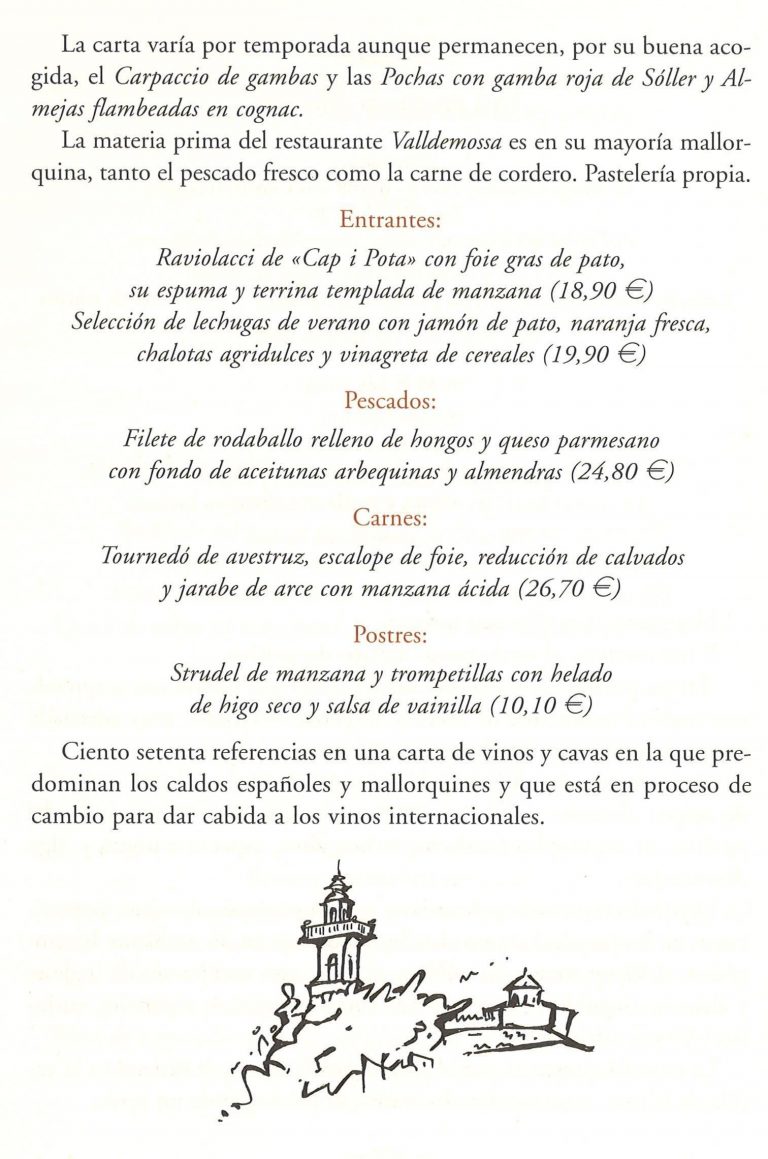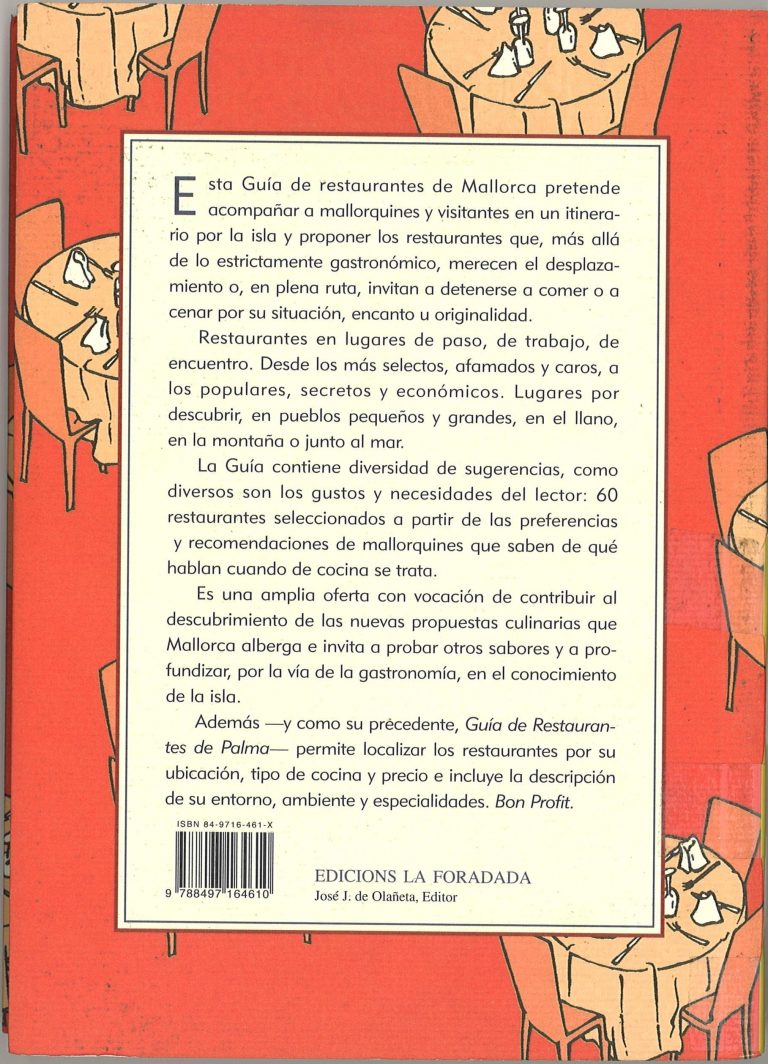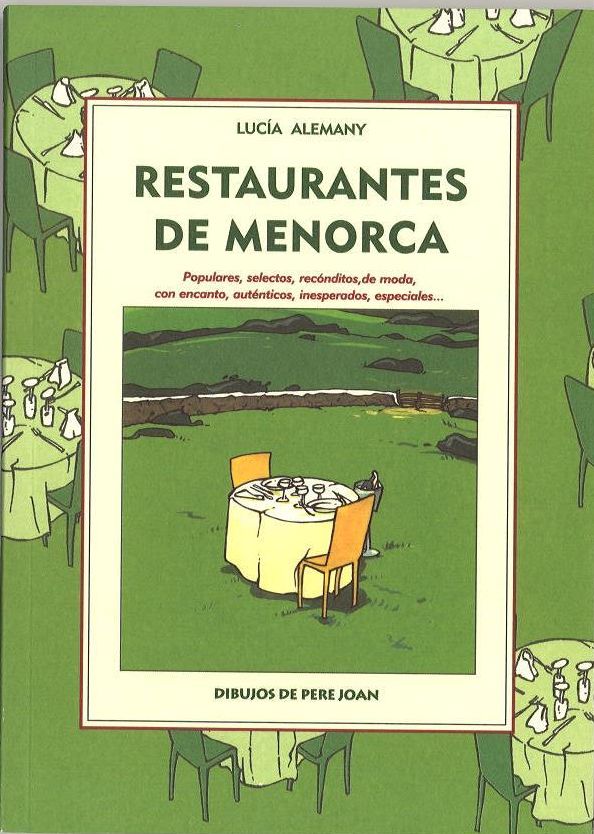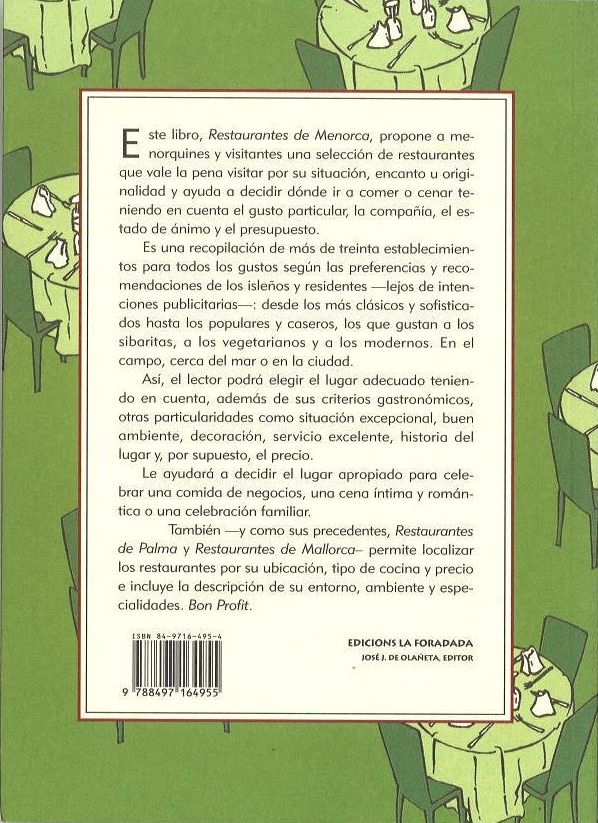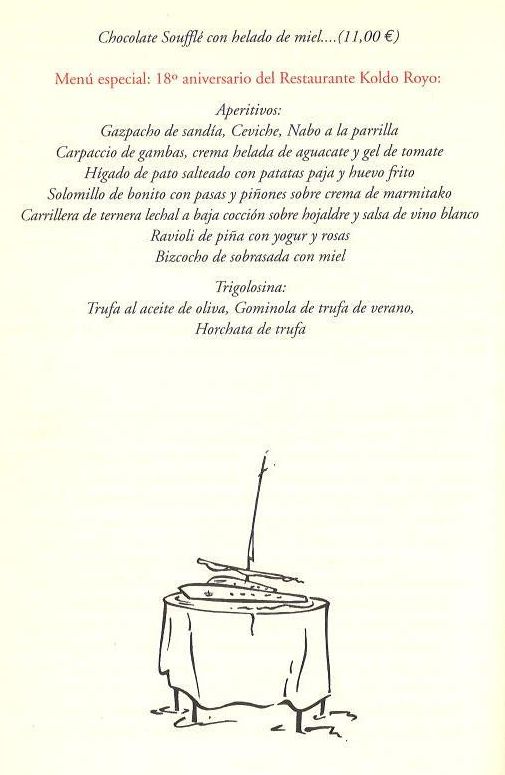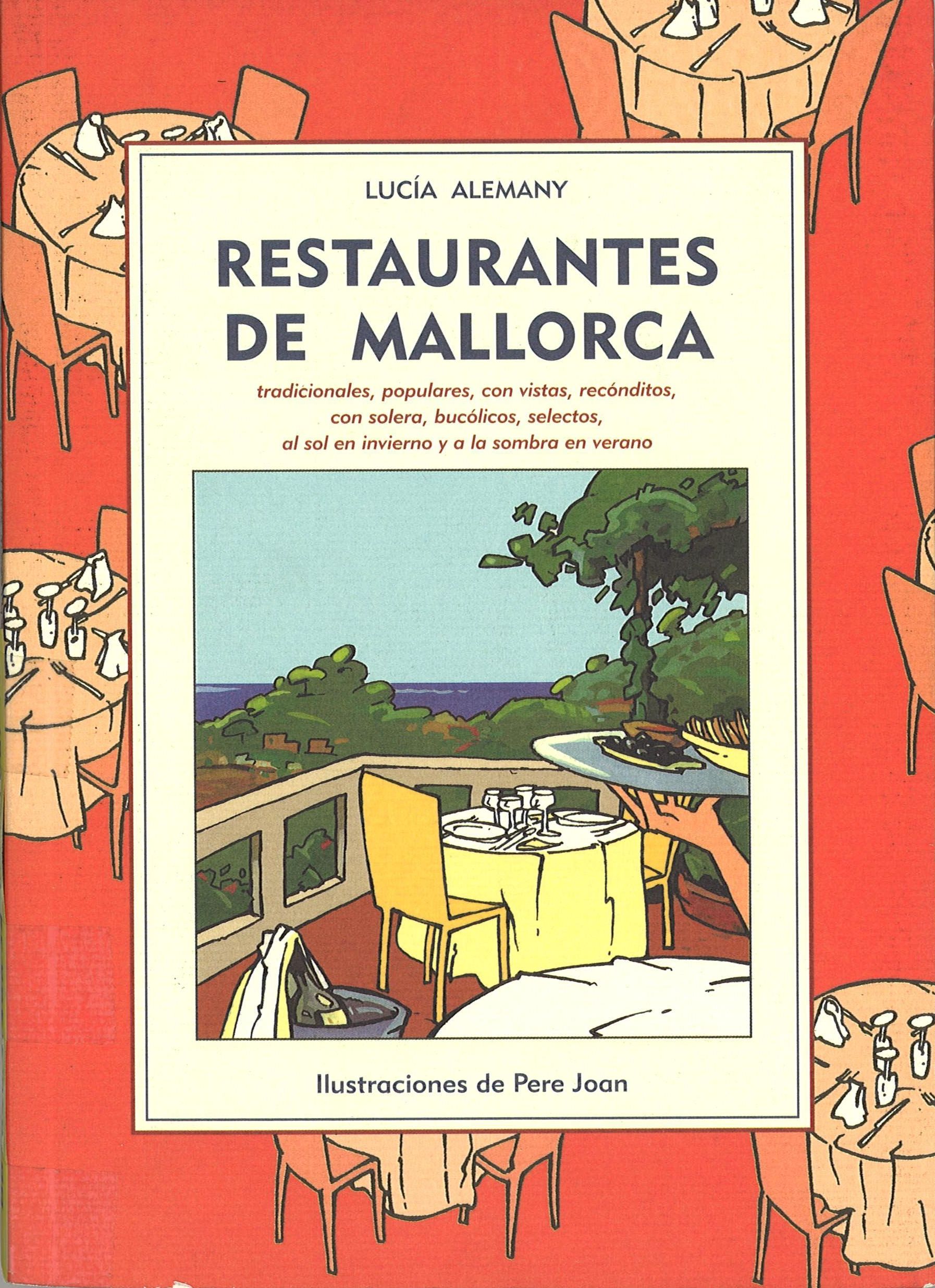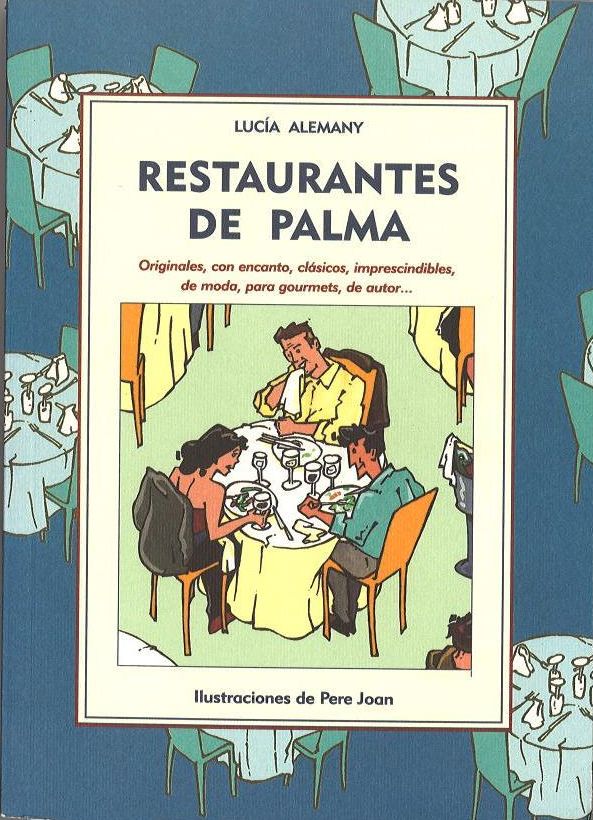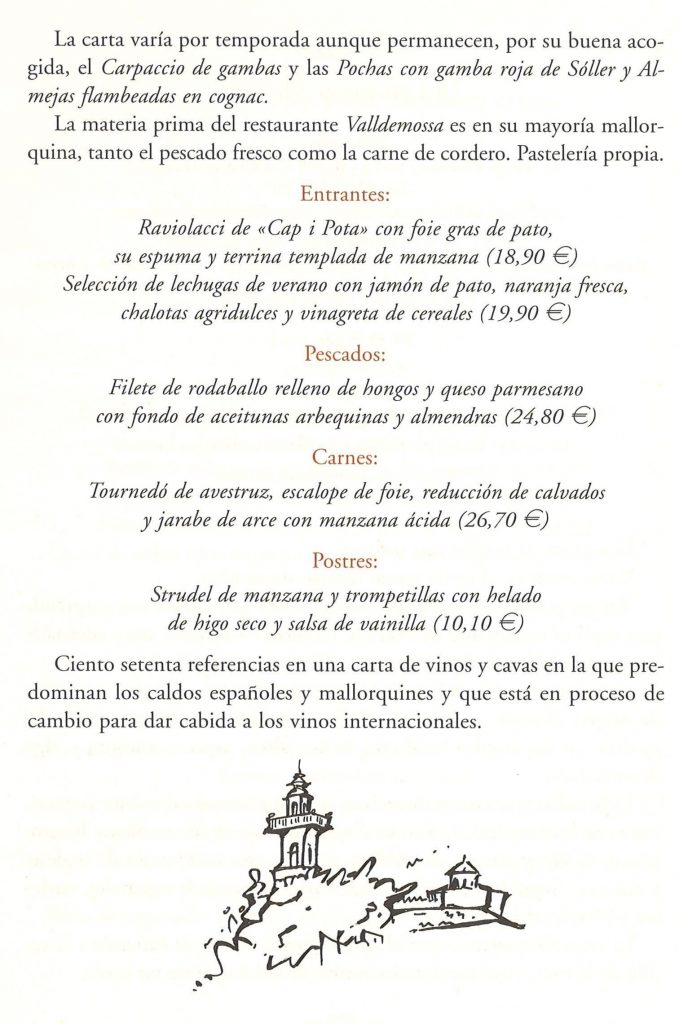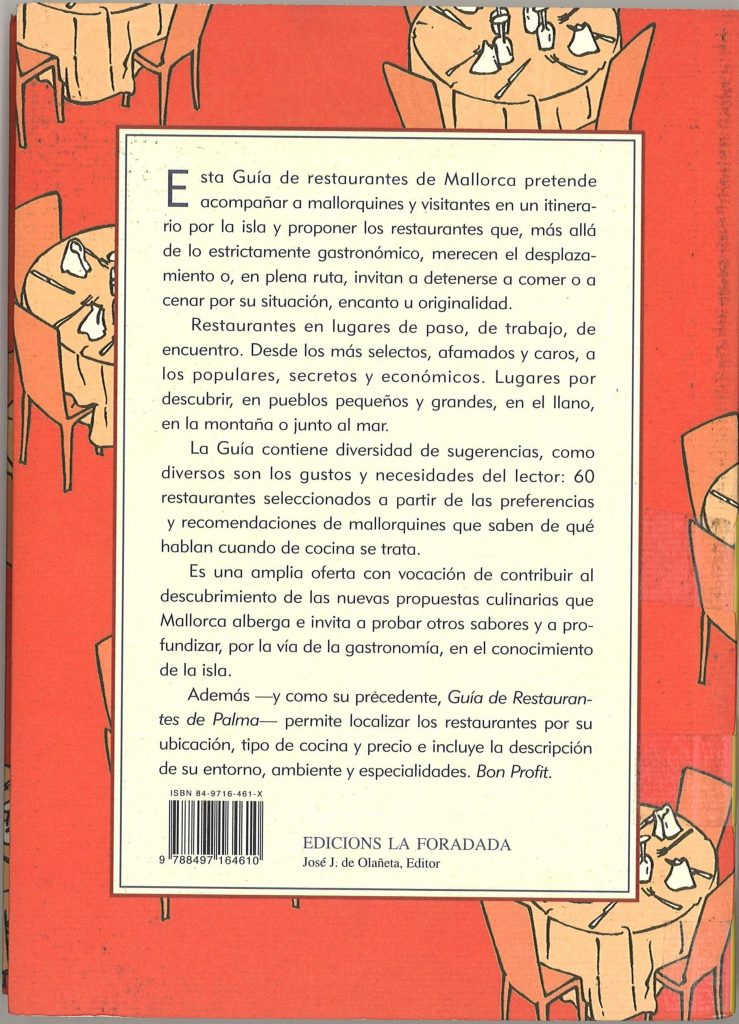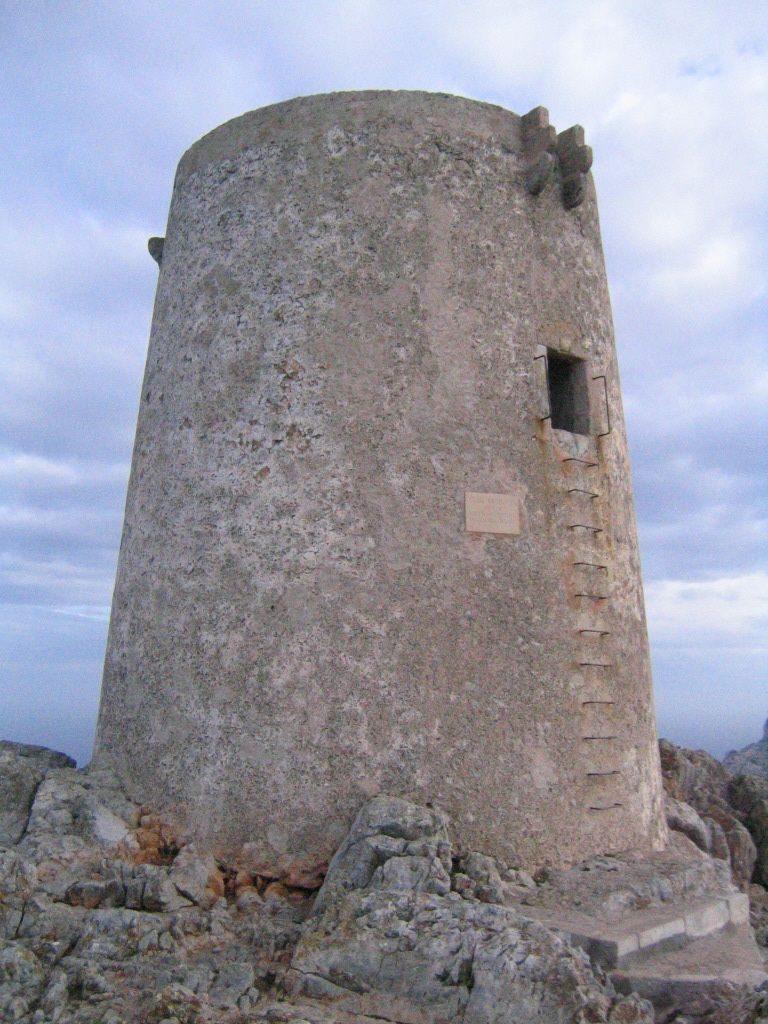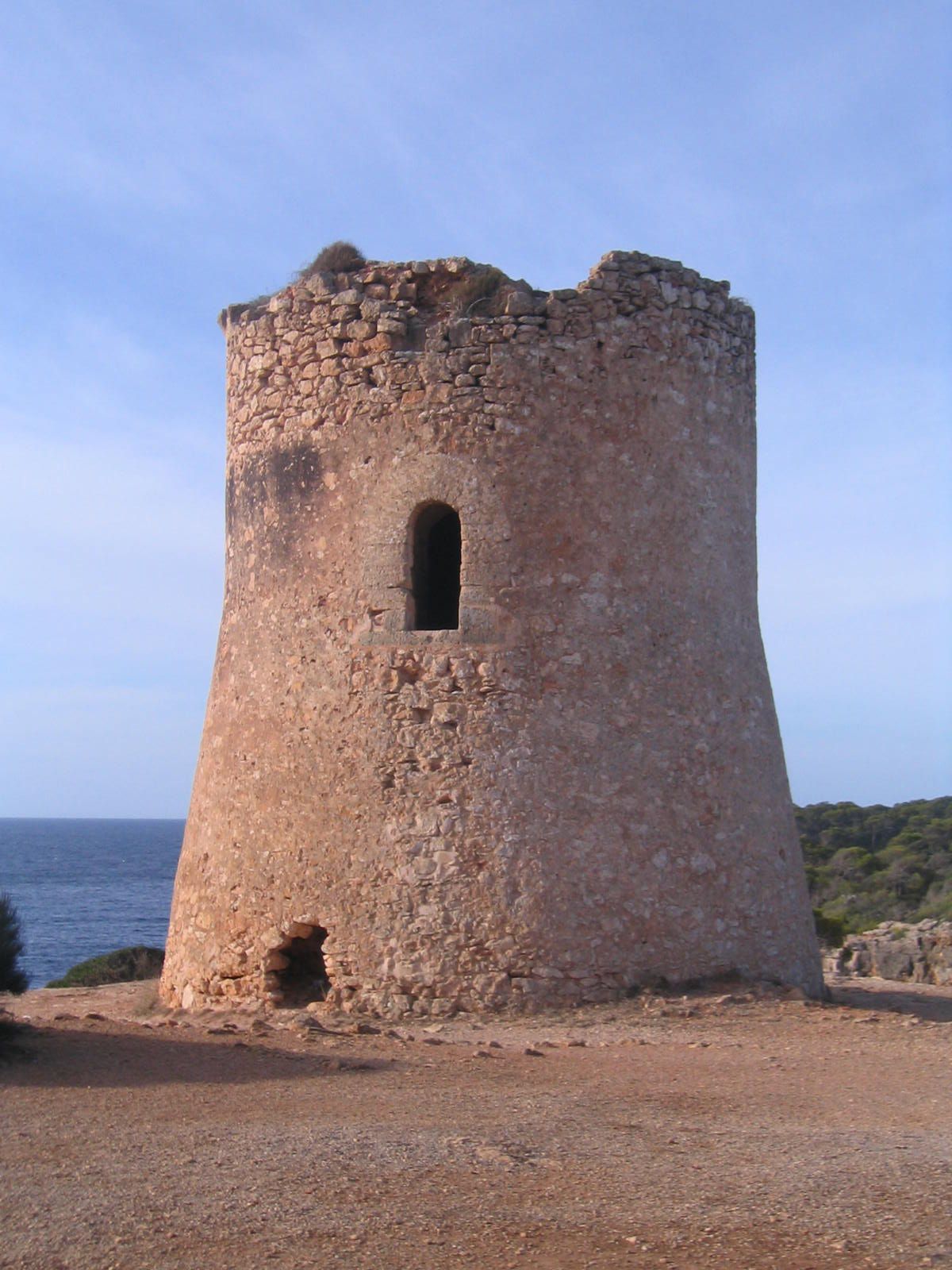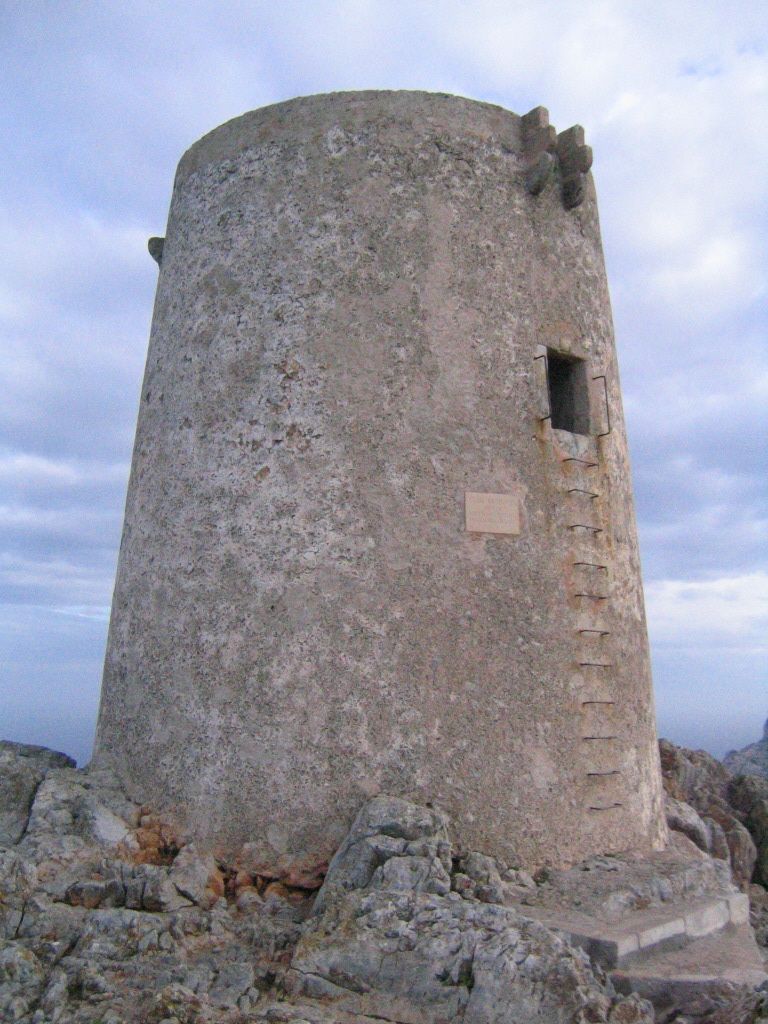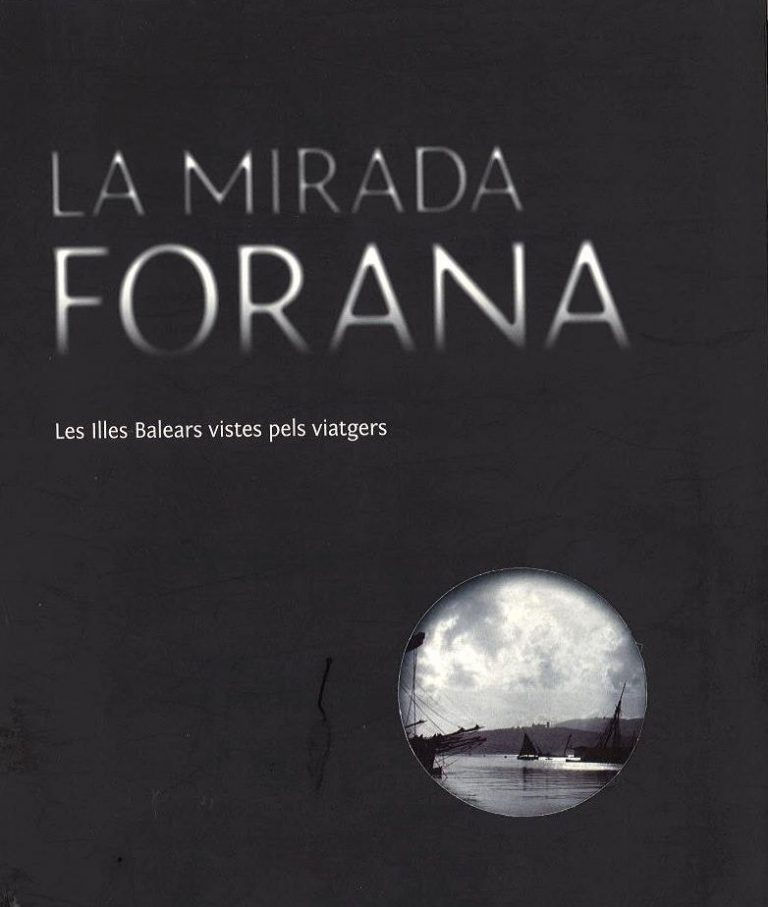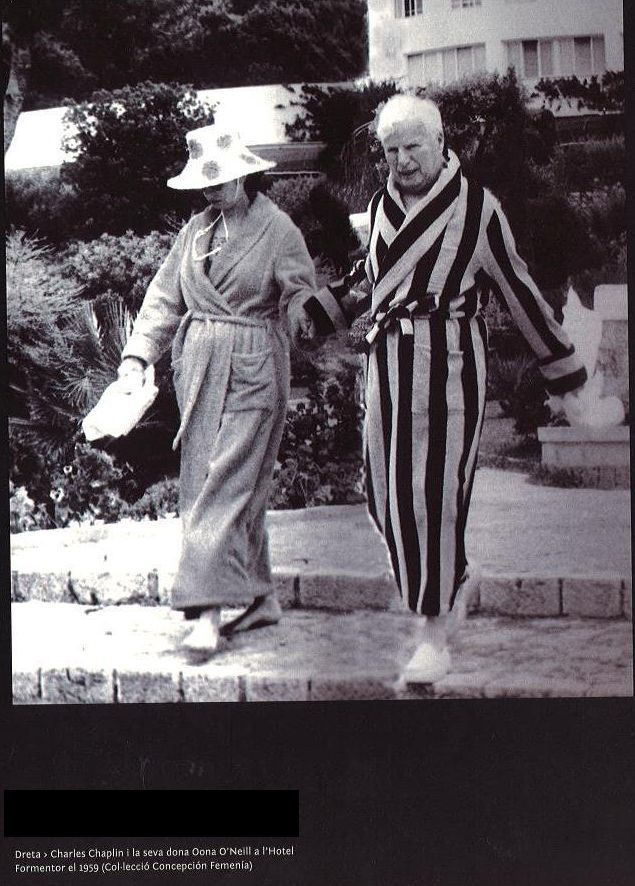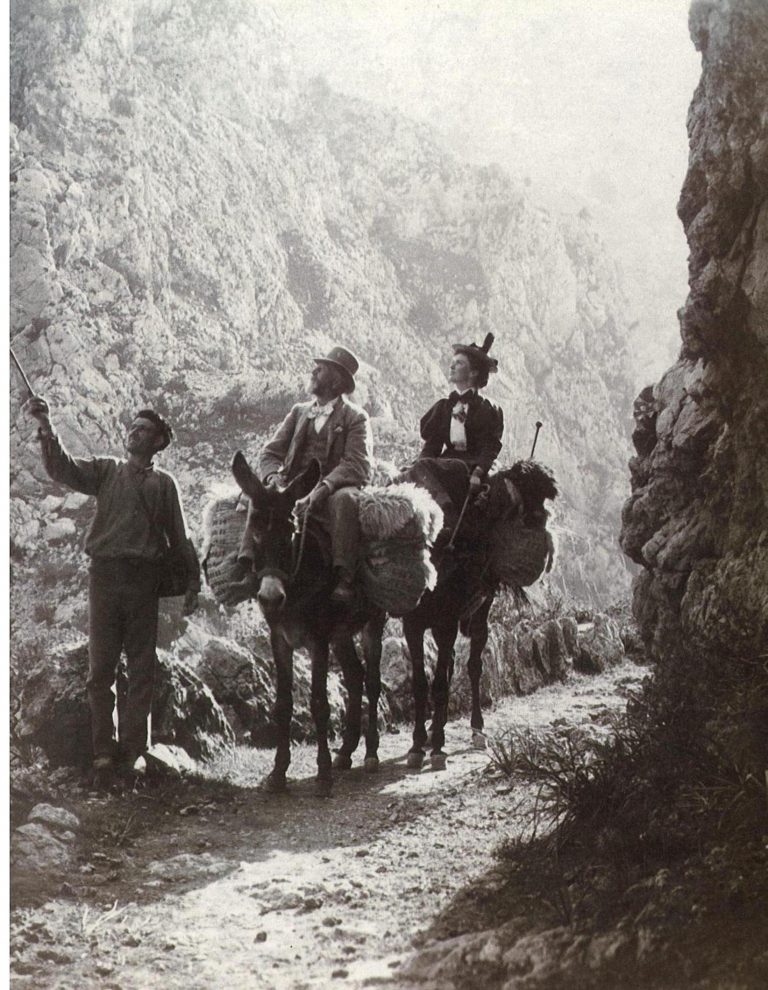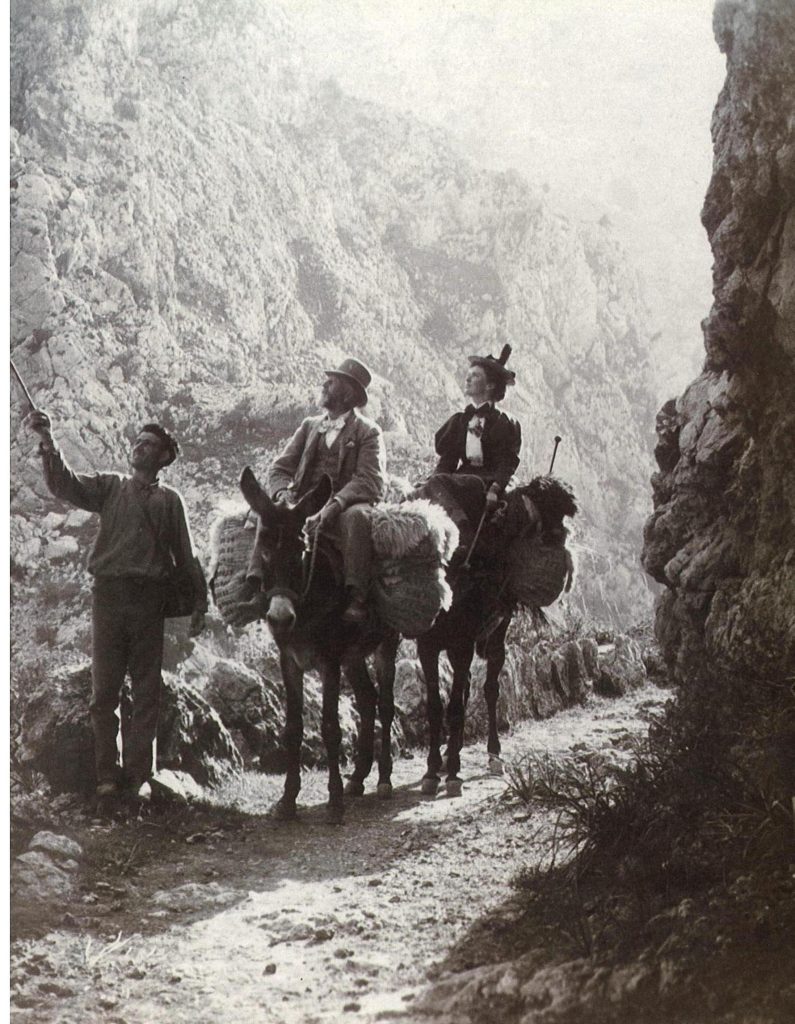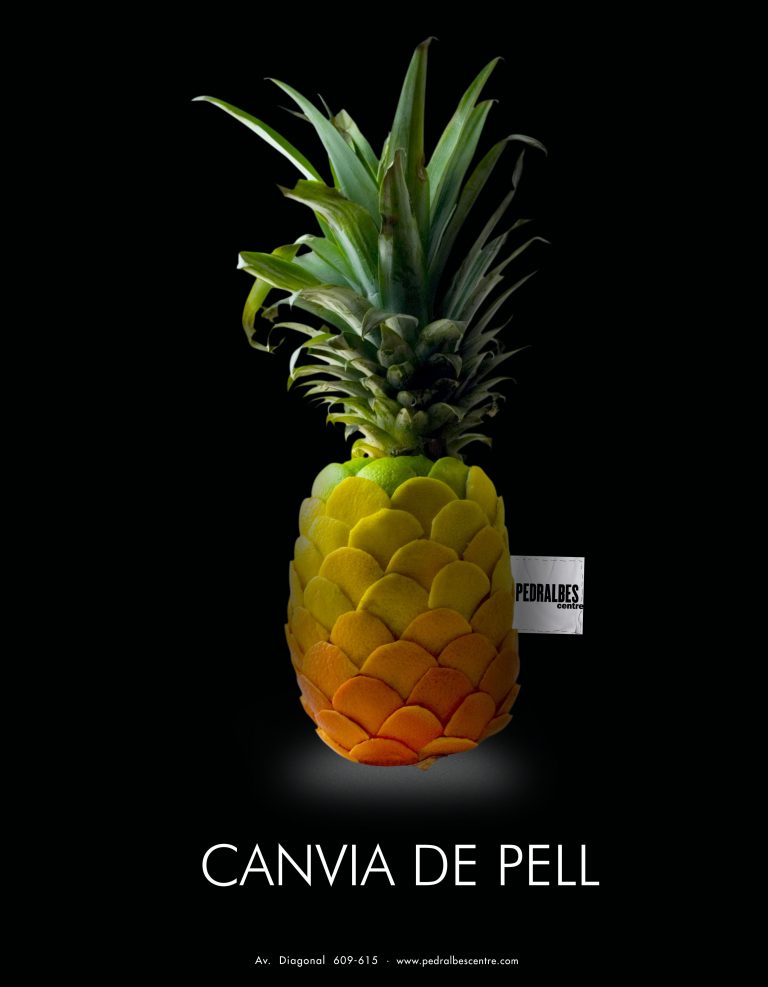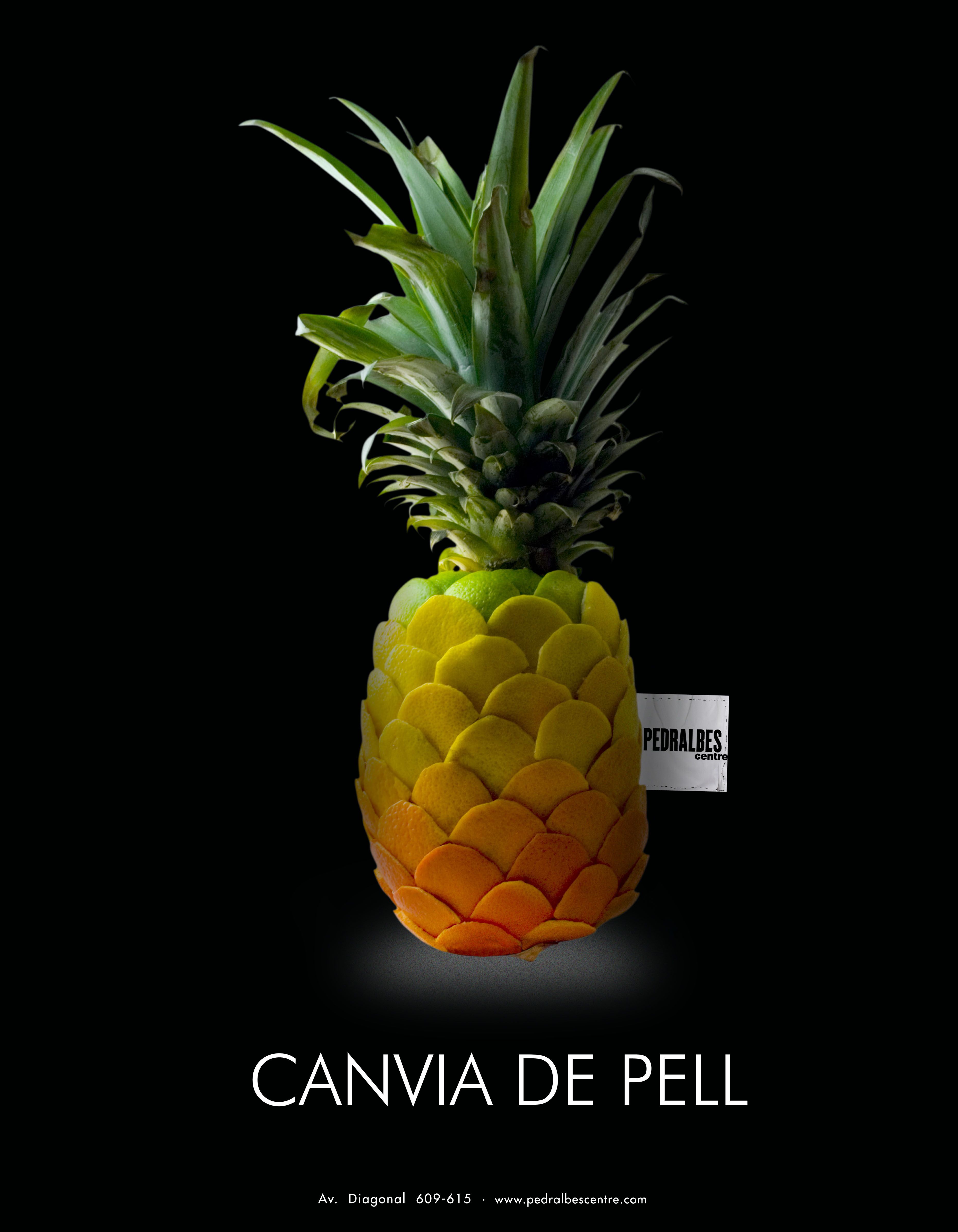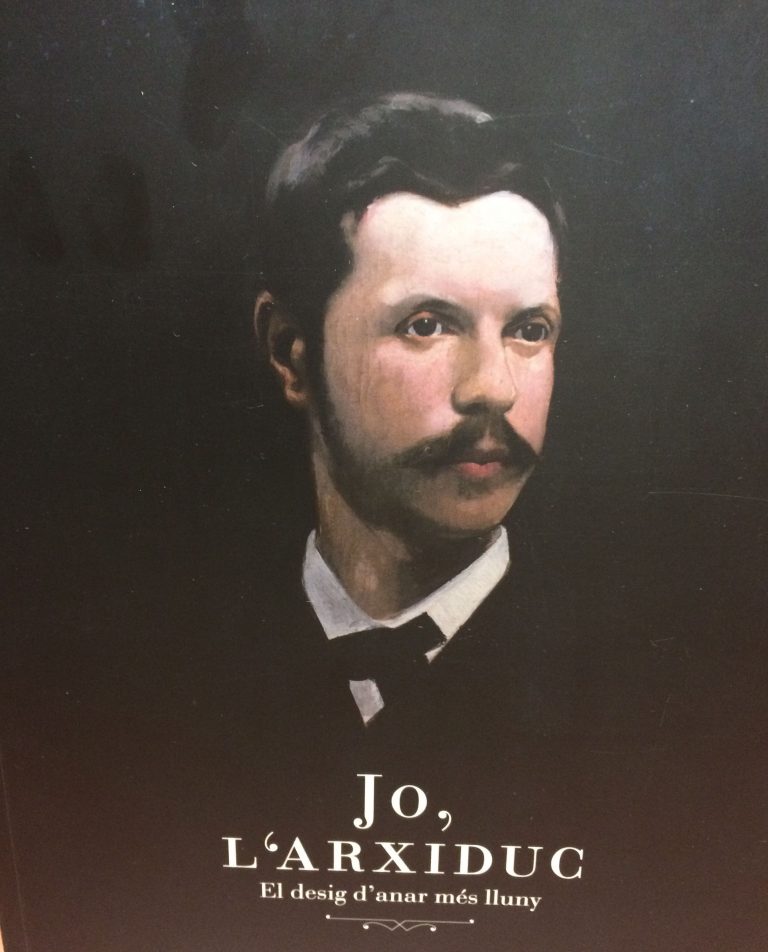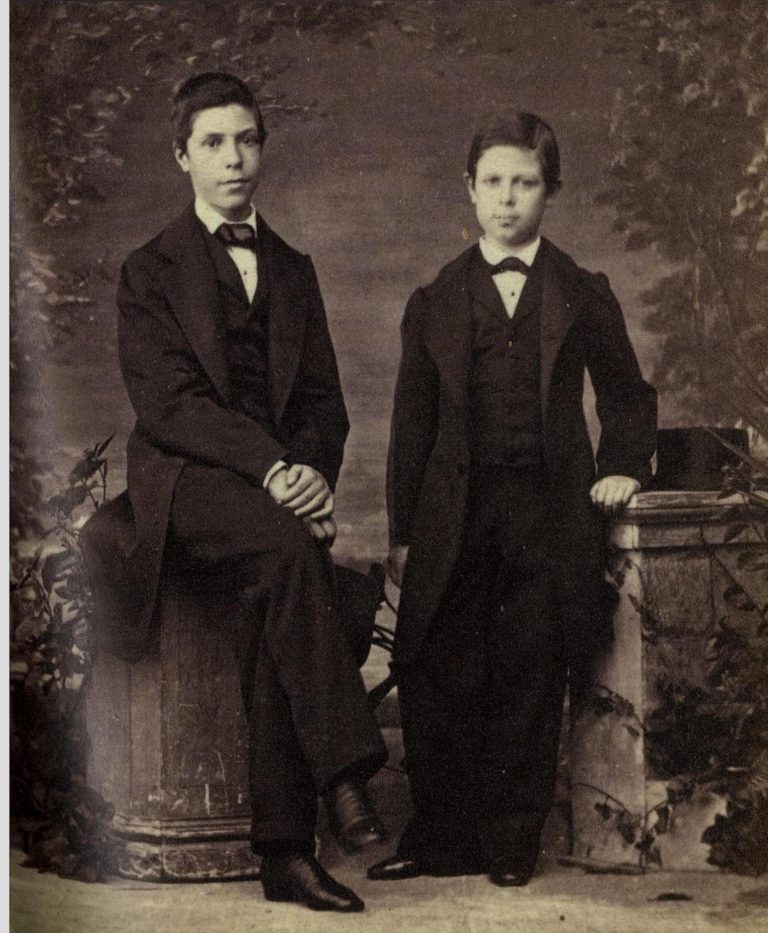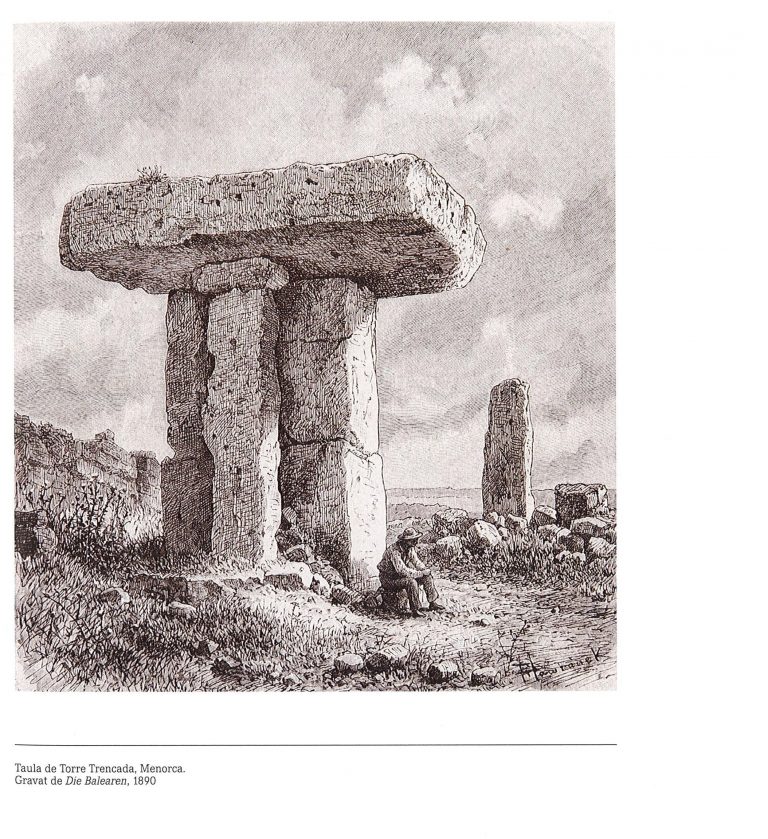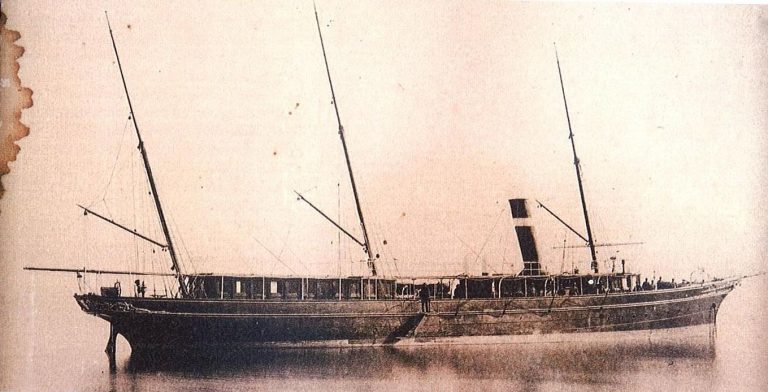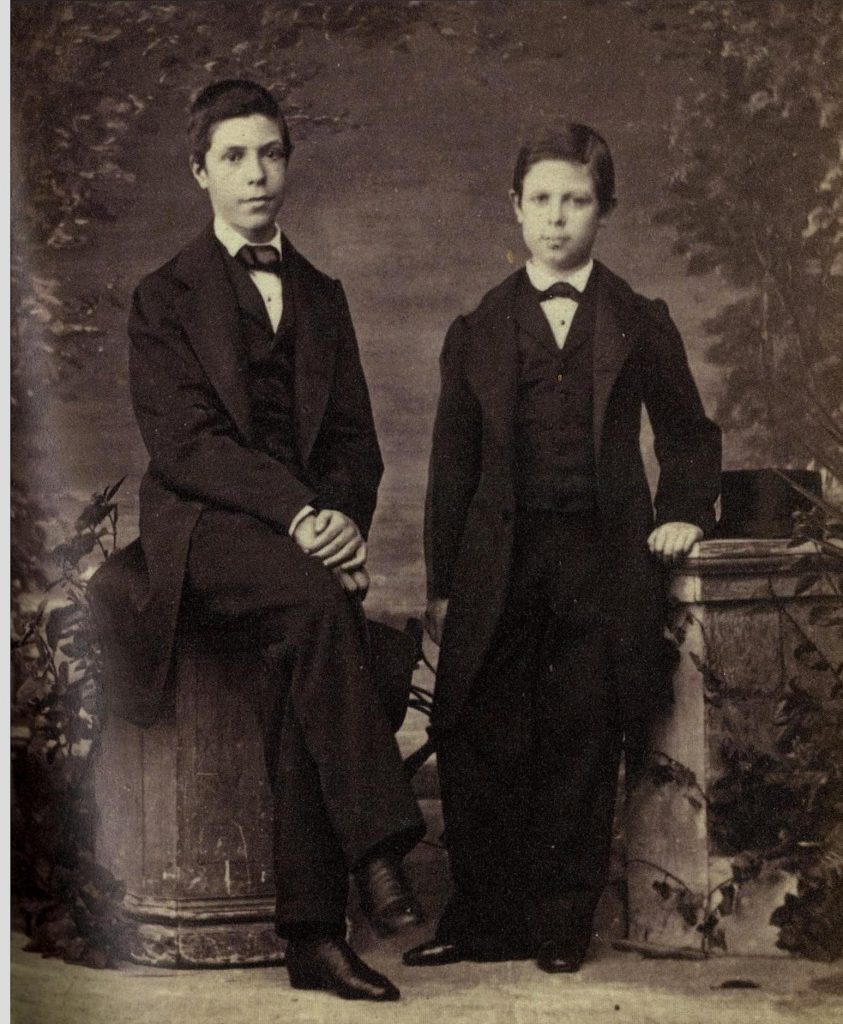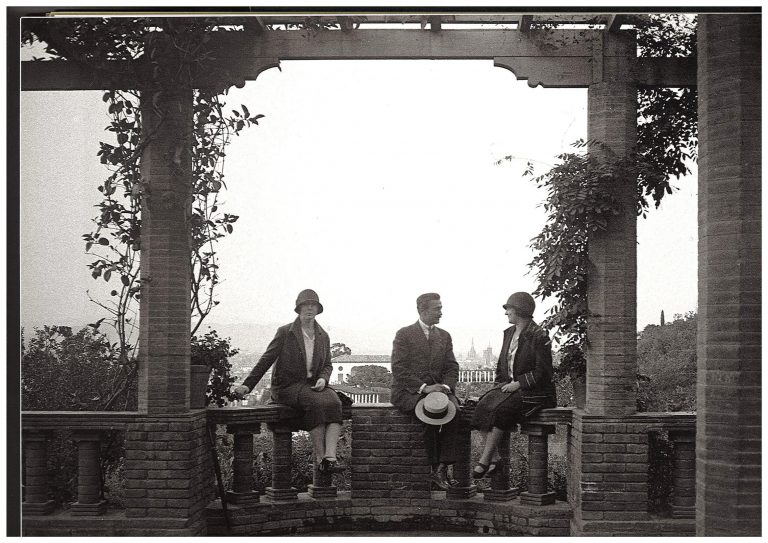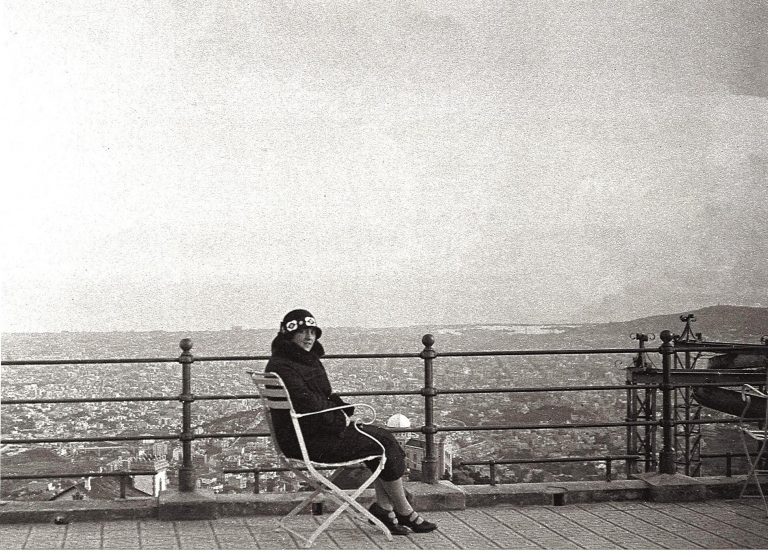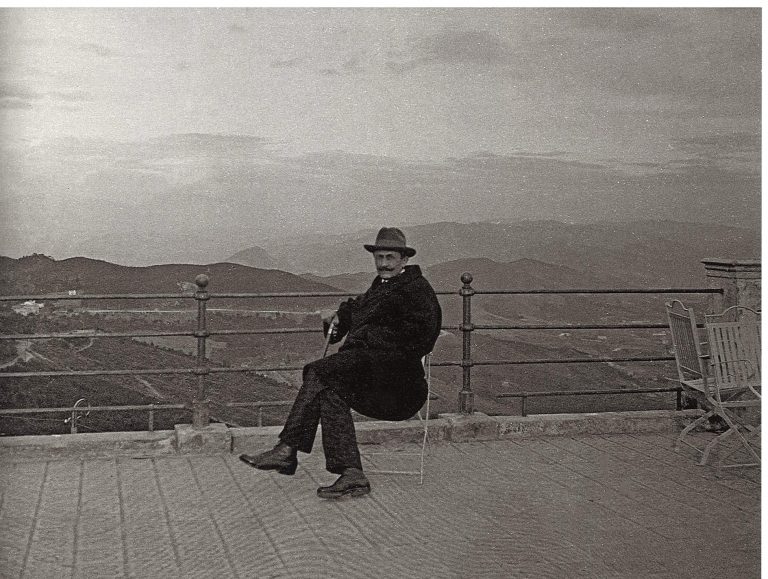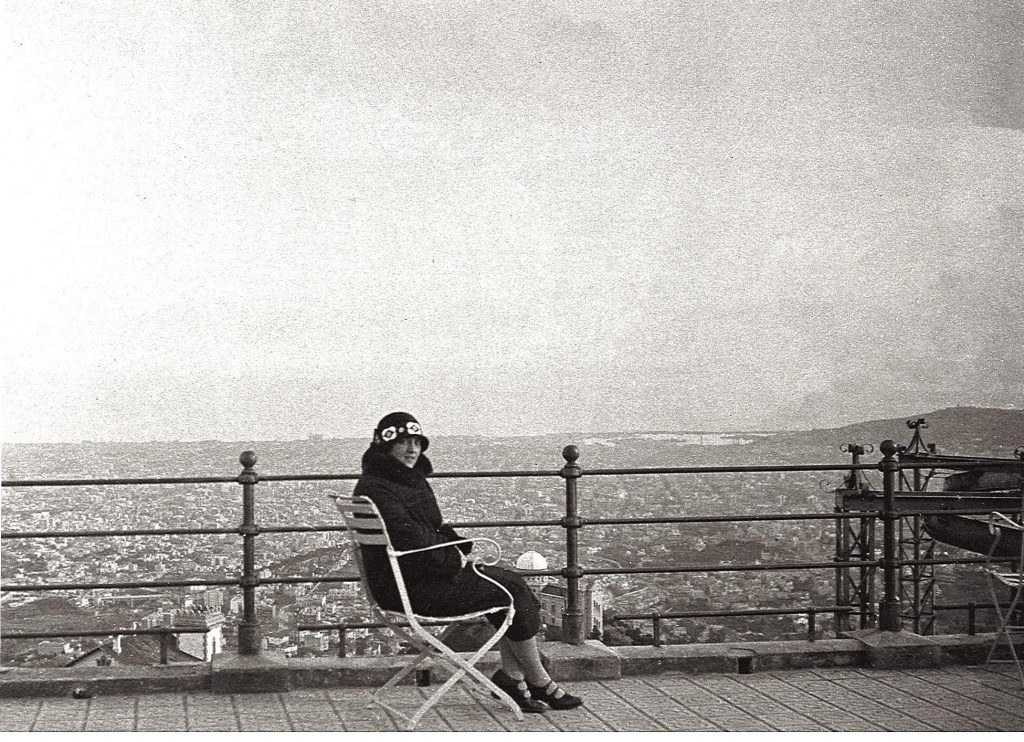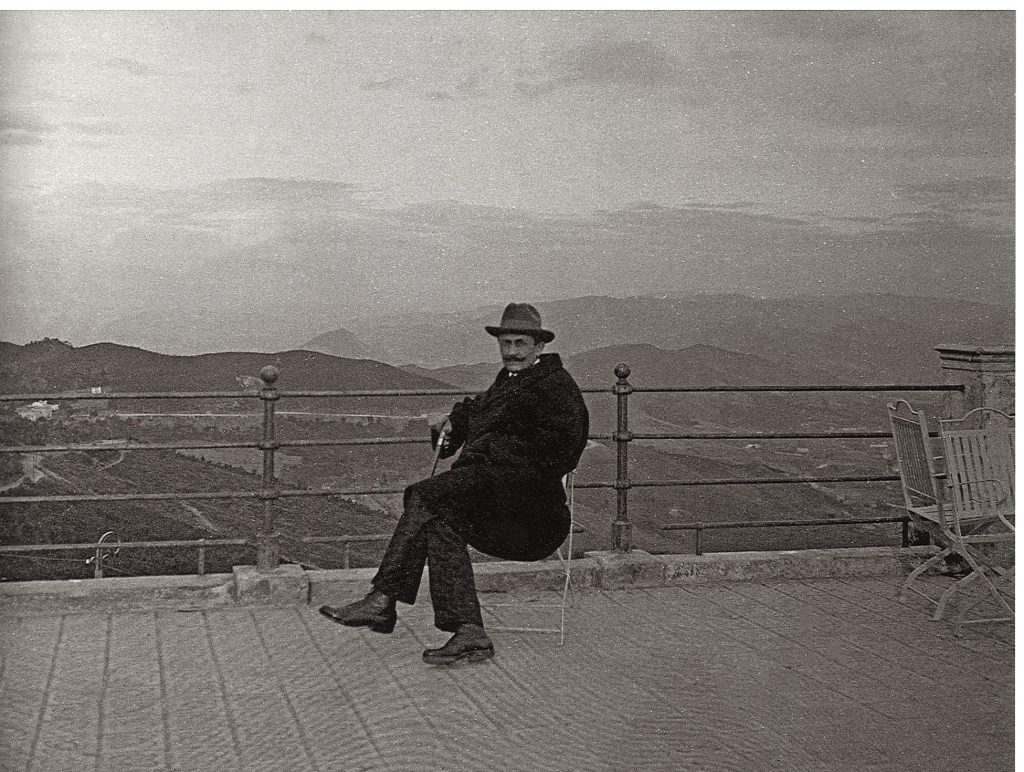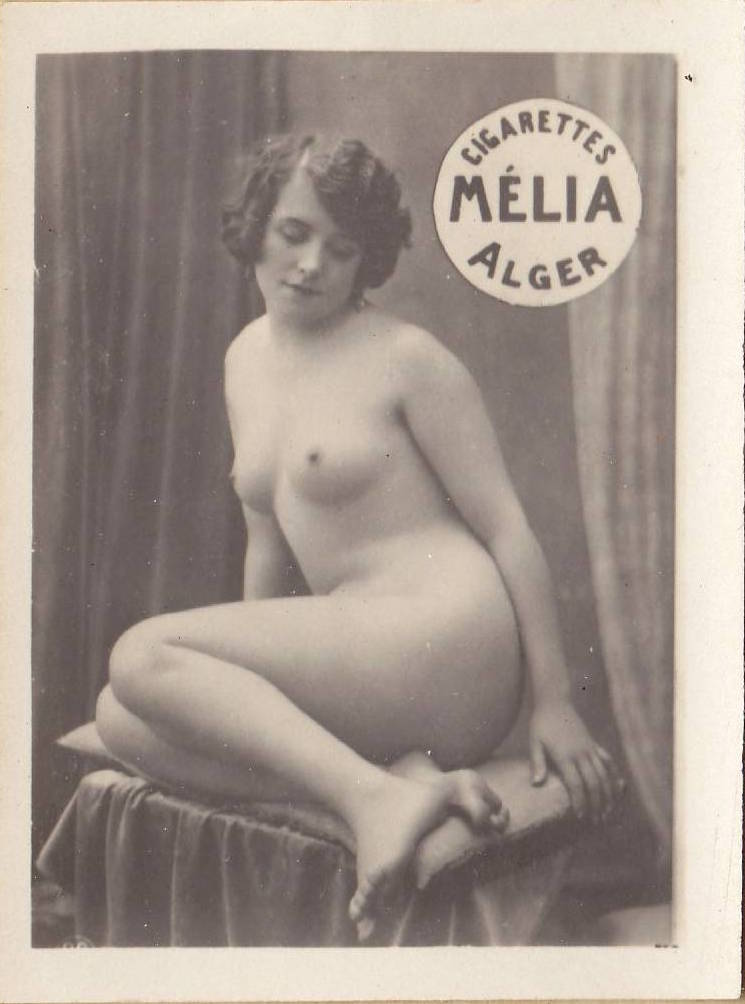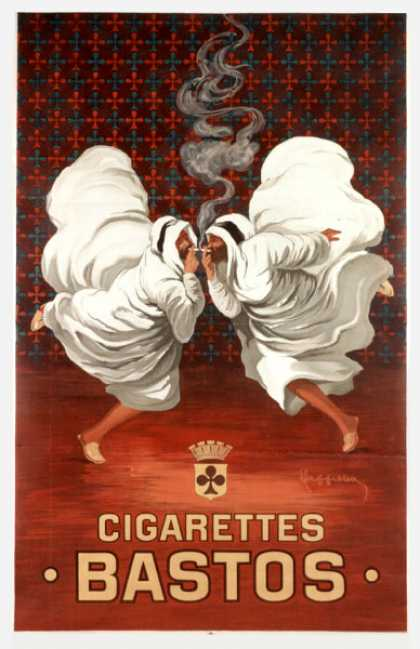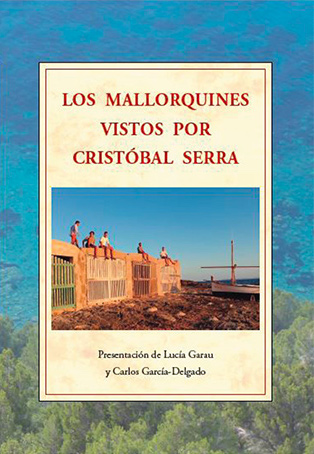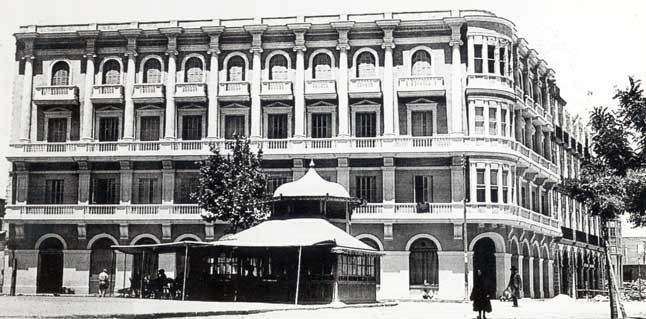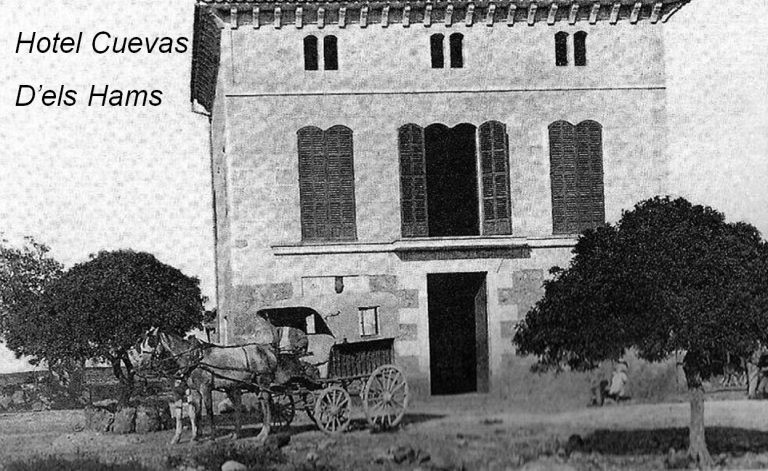Objetive
The job of a documentalist consists of searching for and managing information on any field of knowledge. Faced with the need to know, the documentalist recovers stories, gathers and organizes data to build stories in the form of books, films, documentaries or exhibitions.
My job
The roots of Palma. The first thousand years of the construction of a city: from the Roman colony to the Muslim medina.
Carlos García Delgado / Documentation by Lucia Garau (José J. de Olañeta, 2000)
A tour of the urban history of the city of Palma, exploring hypotheses about the layout of the Roman city and Madina Mayurqa, providing new data and a new theory about the walled precincts of the City.
Pearl. Industry and glamour since 1902
Texts and documentation by Lucía Garau.
(Institut de Innovació Empresarial de les Illes Balears. Govern Balear, 2007)
Documentation for the catalog and exhibition held in April 2007 at the Museum of the Enagistes de Manacor. It explains, for the first time, with testimonials from descendants of executives and factory workers, the history of the pearl industry in Mallorca since the opening of Sa Fàbrica in Manacor in 1902, the first company dedicated to manufacturing artificial pearls and its worldwide expansion. The complex and sophisticated manufacturing process is detailed, including insights from Géza Zsolt, the chemist in Barcelona who developed the fundamental secret formula for creating an artificial pearl “identical in its appearance to natural pearls”.
.
Dear Mallorcans. Keys to personal relationships on the island of Mallorca.
Guy de Forestier. Illustrations by Pere Joan. (José J. de Olañeta. 1995).
Documentation for the catalog and exhibition held in April 2007 at the Museum of the Enagistes de Manacor. It explains, for the first time, with testimonials from descendants of executives and factory workers, the history of the pearl industry in Mallorca since the opening of Sa Fàbrica in Manacor in 1902, the first company dedicated to manufacturing artificial pearls and its worldwide expansion.
The complex and sophisticated manufacturing process is detailed, including insights from Géza Zsolt, the chemist in Barcelona who developed the fundamental secret formula for creating an artificial pearl “identical in its appearance to natural pearls”.
Coordination and contribution of ideas for this small essay on the Mallorcan character and its idiosyncrasies, as seen by outsiders living in or visiting the island.
The book is the result of discussions held for over a year among residents and visitors of Mallorca, whose testimonials, sometimes passionate and ranging from serious to humorous, were collected and contributed about the peculiar Mallorcan temperament.
Coordination and contribution of ideas for this small essay on the Mallorcan character and its idiosyncrasies, as seen by outsiders living in or visiting the island.
The book is the result of discussions held for over a year among residents and visitors of Mallorca, whose testimonials, sometimes passionate and ranging from serious to humorous, were collected and contributed about the peculiar Mallorcan temperament.
Coordination and contribution of ideas for this small essay on the Mallorcan character and its idiosyncrasies, as seen by outsiders living in or visiting the island.
The book is the result of discussions held for over a year among residents and visitors of Mallorca, whose testimonials, sometimes passionate and ranging from serious to humorous, were collected and contributed about the peculiar Mallorcan temperament.
Flàmules: les teles de llengües a Mallorca.
Texts and documentation by Lucía Garau.
(Institut d’Innovació Empresarial de les Illes Balears. 2009).
Texts and documentation for the exhibition Flàmules: les teles de llengües a Mallorca held in November 2009 at the Casal Solleric in Palma. It explores the origin and development in Mallorca (the only place in Spain where it was produced) of the Ikat weaving technique, known in Mallorcan as roba de llengos, with a detailed explanation of the manufacturing process. The catalog also presents a sample of the most distinctive types of llengos fabric and their uses, from the oldest, usually made of silk, to current iterations. The painter Miquel Barceló created a drawing of a cap-roig (scorpion fish) specifically for the exhibition, reproduced by Bujosa in his workshop in Santa María (Mallorca).
Texts and documentation for the exhibition Flàmules: les teles de llengües a Mallorca held in November 2009 at the Casal Solleric in Palma. It explores the origin and development in Mallorca (the only place in Spain where it was produced) of the Ikat weaving technique, known in Mallorcan as roba de llengos, with a detailed explanation of the manufacturing process.
The catalog also presents a sample of the most distinctive types of llengos fabric and their uses, from the oldest, usually made of silk, to current iterations. The painter Miquel Barceló created a drawing of a cap-roig (scorpion fish) specifically for the exhibition, reproduced by Bujosa in his workshop in Santa María (Mallorca).
Formentor, the possible utopia.
Text by Carme Riera. Documentation by Lucía Garau. (Grupo Barceló. 2009).
A book published to commemorate the 80th anniversary of the Hotel Formentor, built by the Argentinian Adan Diehl in 1926 after buying the land from the family of the poet Miquel Costa i Llobera. The book required extensive research, including interviews with workers, guests, and descendants of former owners. It provides the first written story of the hotel, featuring unpublished images, new data, and personal stories.
A book published to commemorate the 80th anniversary of the Hotel Formentor, built by the Argentinian Adan Diehl in 1926 after buying the land from the family of the poet Miquel Costa i Llobera. The book required extensive research, including interviews with workers, guests, and descendants of former owners. It provides the first written story of the hotel, featuring unpublished images, new data, and personal stories.
Libro editado para conmemorar el ochenta aniversario del Hotel Formentor, construido por el argentino Adan Diehl, que compró en 1926 los terrenos a la familia del poeta Miquel Costa i Llobera para levantar un hotel en una península apartada y de acceso únicamente por mar. El libro supuso un laborioso trabajo de recogida de documentación con entrevistas a descendientes de los propietarios, trabajadores y huéspedes. Por primera vez, se escribe la historia del hotel y se recogen imágenes inéditas, nuevos datos e historias personales.
Restaurants in Palma. Restaurants in Mallorca. Restaurants in Menorca.
Lucía Garau. Illustrations by Pere Joan.
(J.J. Olañeta, 2005-2006-2007).
Compilation, between 2005 and 2007, of three restaurant guides illustrated with drawings by Pere Joan. The intention is to showcase a selection of restaurants for Mallorcans and visitors catering to various tastes, based on preferences and recommendations of locals and residents. A compilation of establishments to visit for their location, charm, and originality.
Compilation, between 2005 and 2007, of three restaurant guides illustrated with drawings by Pere Joan. The intention is to showcase a selection of restaurants for Mallorcans and visitors catering to various tastes, based on preferences and recommendations of locals and residents. A compilation of establishments to visit for their location, charm, and originality.
Elaboración, entre los años 2005 y 2007 de tres guías de restaurantes, ilustradas con dibujos de Pere Joan, con la intención de dar a conocer a mallorquines y visitantes una selección de restaurantes para todos los gustos, según las preferencias y recomendaciones de los isleños y residentes. Una recopilación de establecimientos para visitar por su situación, encanto y originalidad.
Coastal fortifications of Mallorca.
Texts and documentation by Lucía Garau.
(Consell Insular de Mallorca. 2007).
An online database locating all coastal defense towers surrounding the island, providing detailed descriptions of each: their typology, timeline, uses and other curiosities.
The foreign gaze: the Balearic Islands seen by travelers.
Documentation by Lucía Garau.
(Govern de les Illes Balears. Conselleria de Presidència. 2011).
A catalog for an exhibition curated by Carme Riera, explaining the importance of the Balearic Islands for early travelers attracted by the beauty of the landscape and the islands’ customs. It covers the period from 1785 to the 1960s, the beginning of the tourism boom. Thirteen specialists contributed articles reflecting the views or work of important researchers, scientists, writers, adventurers, and artists such as Frédéric Chopin, Luis Salvador de Austria, José Vargas Ponce, Bayard Taylor, John E. Crawford, Paul Fallot, Vigoleis, Raul Hausmam, Walter Benjamin, among many others.
A catalog for an exhibition curated by Carme Riera, explaining the importance of the Balearic Islands for early travelers attracted by the beauty of the landscape and the islands’ customs. It covers the period from 1785 to the 1960s, the beginning of the tourism boom. Thirteen specialists contributed articles reflecting the views or work of important researchers, scientists, writers, adventurers, and artists such as Frédéric Chopin, Luis Salvador de Austria, José Vargas Ponce, Bayard Taylor, John E. Crawford, Paul Fallot, Vigoleis, Raul Hausmam, Walter Benjamin, among many others.
Catálogo para una exposición – que no llegó a realizarse – coordinado por Carme Riera.
Se explica la importancia que tuvieron las Baleares para los primeros viajeros que llegaban a las islas atraidos por la belleza del paisaje y de sus costumbres. Abarca el período entre finales del s. XVIII y la década de 1960, inicio de la eclosión del turismo.
Se recoge, en artículos de trece especialistas, la visión que tuvieron de las Baleares o el trabajo que hicieron en ellas, importantes investigadores, científicos, escritores, aventureros o artistas como Frédéric Chopin, Luis Salvador de Austria, José Vargas Ponce, Bayard Taylor, John E. Crawford, Paul Fallot, Albert Vigoleis, Raul Hausmam, Walter Benjamin, entre muchos otros.
25 Years Pedralbes Centre.
Documentation by Lucía Garau.
(Barcelona, 2014).
A commemorative exhibition in 2014 for the 25th anniversary of the inauguration of Barcelona’s Pedralbes Centre shopping center in 1989, featuring the presence of the French actress Catherine Deneuve. The exhibition included a documentary showcasing the evolution of the shopping center alongside significant events in the city.
A commemorative exhibition in 2014 for the 25th anniversary of the inauguration of Barcelona’s Pedralbes Centre shopping center in 1989, featuring the presence of the French actress Catherine Deneuve. The exhibition included a documentary showcasing the evolution of the shopping center alongside significant events in the city.
I, the Archduke: the desire to go further.
Carmen Riera. Documentation by Lucía Garau.
(Institut d’Estudis Baleàrics. 2015).
Documentation for the catalog and exhibition about Archduke Luis Salvador (Florence, 1847- Czechia, 1915), curated by Carme Riera and inaugurated in February 2015 at the Casal Solleric. The Archduke, a member of the Habsburg family, wrote the monumental work Die Balearen in Wort und Bild geschildert (The Balearics Described by Word and Image).
The work included a meticulous collection of graphic and oral materials, first editions of the Archduke’s works, images, correspondence, and personal items exhibited for the first time.
Documentation for the catalog and exhibition about Archduke Luis Salvador (Florence, 1847- Czechia, 1915), curated by Carme Riera and inaugurated in February 2015 at the Casal Solleric. The Archduke, a member of the Habsburg family, wrote the monumental work Die Balearen in Wort und Bild geschildert (The Balearics Described by Word and Image).
The work included a meticulous collection of graphic and oral materials, first editions of the Archduke’s works, images, correspondence, and personal items exhibited for the first time.
Vignetti-Obrador Collection. In Tía Fanny's albums / En els àlbums de tia Fanny.
Documentation by Lucía Garau.
(Ediciones El Viso. 2018).
A family album and tribute by Antonio Obrador to his aunt Fanny Obrador (1896-1955), an unconventional and adventurous woman married to the French engineer Adolfo Vignetti (1878-1944) in Palma. The book features splendid photographs taken by Vignetti of Mallorca in 1900 and the numerous trips he made with Fanny across Europe.
A family album and tribute by Antonio Obrador to his aunt Fanny Obrador (1896-1955), an unconventional and adventurous woman married to the French engineer Adolfo Vignetti (1878-1944) in Palma. The book features splendid photographs taken by Vignetti of Mallorca in 1900 and the numerous trips he made with Fanny across Europe.
Se trata de un álbum familiar. Un libro homenaje de Antonio Obrador, a su tía Fanny Obrador (1896-1955), mujer inconformista y aventurera casada en Palma con un ingeniero francés, Adolfo Vignetti (1878-1944). El libro recoge espléndidas imágenes realizadas por Vignetti de la Mallorca de 1900 y de los numerosos viajes que realizó con Fanny por Europa. Se trata de una colección de fotografías que hubo que ordenar y documentar para obtener información sobre el autor y su época.
The relations between Spain and North Africa through tobacco.
Documentation by Lucía Garau.
(2017).
Collection of works for a book on the significant role played by the first Spanish tobacco companies, particularly BASTOS and MELIÀ, which established themselves in North Africa, especially in Algeria, in the 19th century and experienced significant development and growth in the 20th century.
The book also examines the Spanish tobacco industry in Morocco.
Collection of works for a book on the significant role played by the first Spanish tobacco companies, particularly BASTOS and MELIÀ, which established themselves in North Africa, especially in Algeria, in the 19th century and experienced significant development and growth in the 20th century.
The book also examines the Spanish tobacco industry in Morocco.
Formentor, the sea of the words.
Documental producido por José Luís López Linares. Documentación Lucía Garau (Morena Films, 2020)
The Majorcans seen by Cristobal Serra
Serra, Cristobal. Introduction by Lucía Garau
José J. de Olañeta. 2023
Reproduction of the original manuscript that the Majorcan writer, polygraphist and scholar Cristóbal Serra (Palma, 1922-2012) wrote on the occasion of the interview he was given to collect his opinion on the character of the islanders for the book Beloved majorcans. An outsiders’ guide to social and personal relations on the isle of Majorca.
Reproduction of the original manuscript that the Majorcan writer, polygraphist and scholar Cristóbal Serra (Palma, 1922-2012) wrote on the occasion of the interview he was given to collect his opinion on the character of the islanders for the book Beloved majorcans. An outsiders’ guide to social and personal relations on the isle of Majorca.
IN PROGRESS
The thousand and one nights
Exhibition, documentary and publication project
It is about making known the history of the hotels in the Balearic Islands since the 19th century and their evolution until the XXI. A superficially known phenomenon and not always well seen by some sectors because of their subsequent massive development.
Explain the impact and public repercussion that the founding of the first establishments for travelers and then hotels: ways of living, modification of customs, introduction of new habits and influences, changes in mentality, etc. That was a decisive stage in our history that remains unknown in many aspects.
It is about making known the history of the hotels in the Balearic Islands since the 19th century and their evolution until the XXI. A superficially known phenomenon and not always well seen bysome sectors because of their subsequent massive development.
Explain the impact and public repercussion that the founding of the first establishments for travelers and then hotels: ways of living, modification of customs, introduction of new habits and influences, changes in mentality, etc. That was a decisive stage in our history that remains unknown in many aspects.


